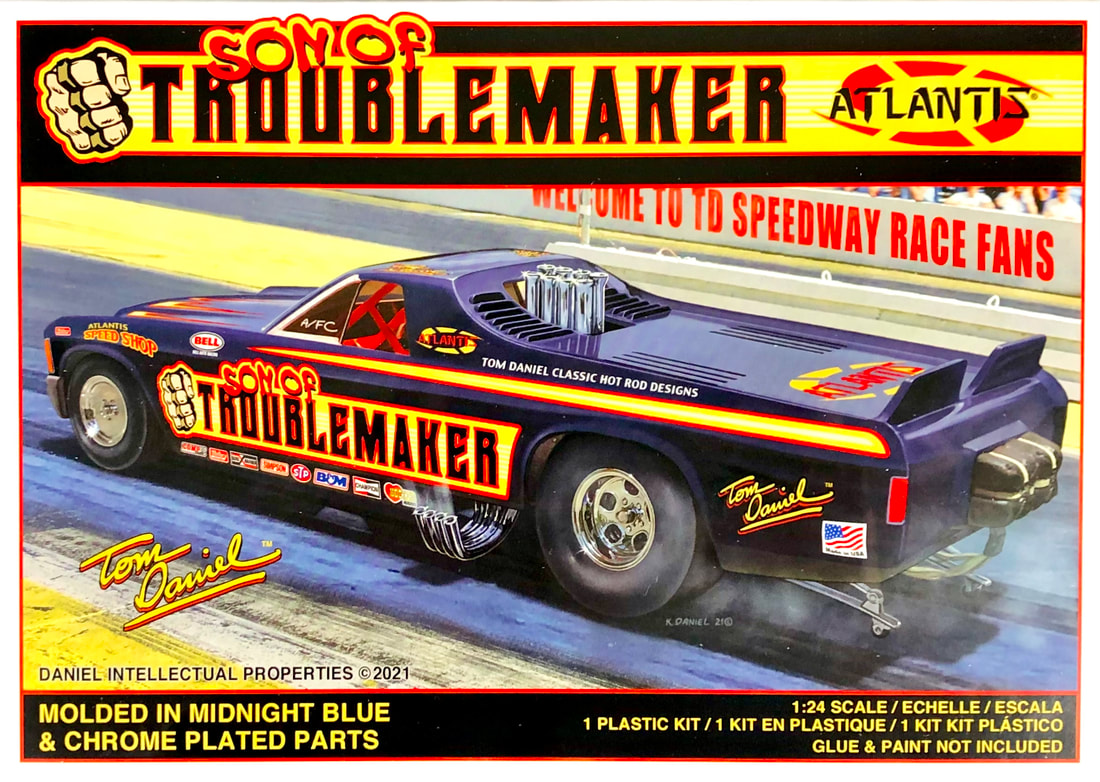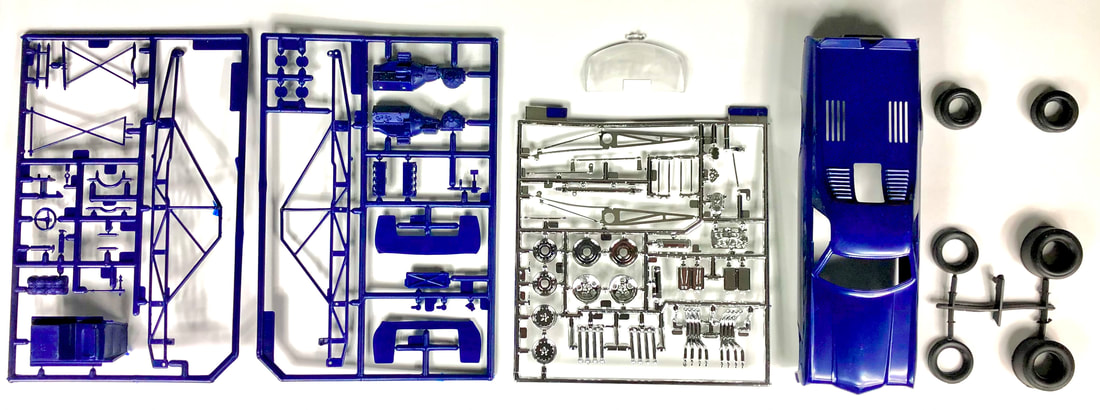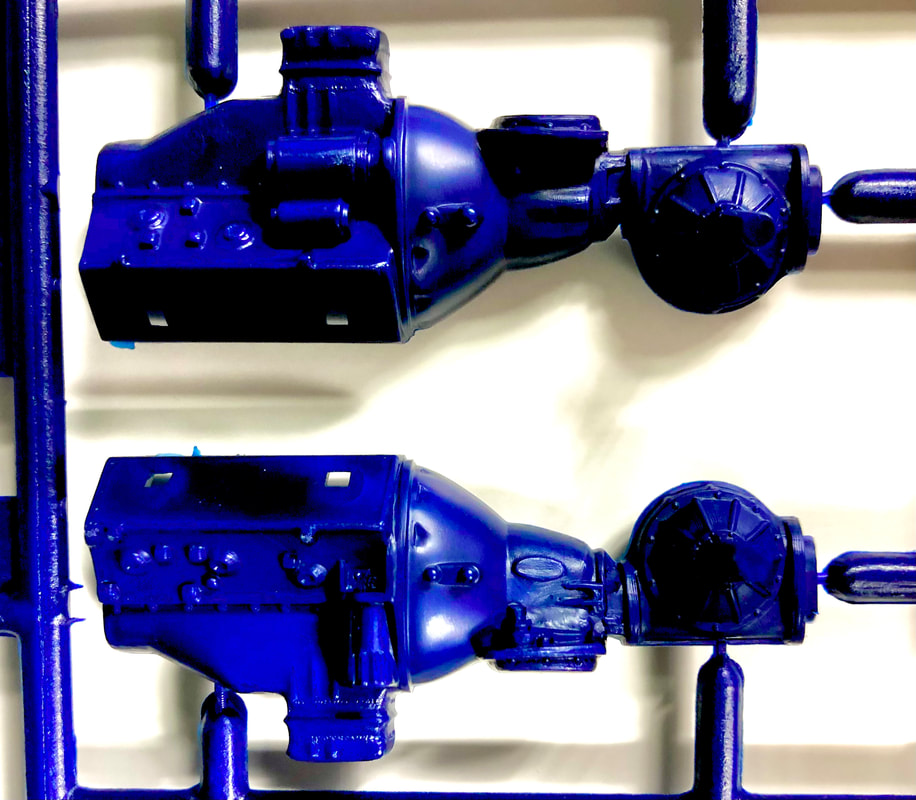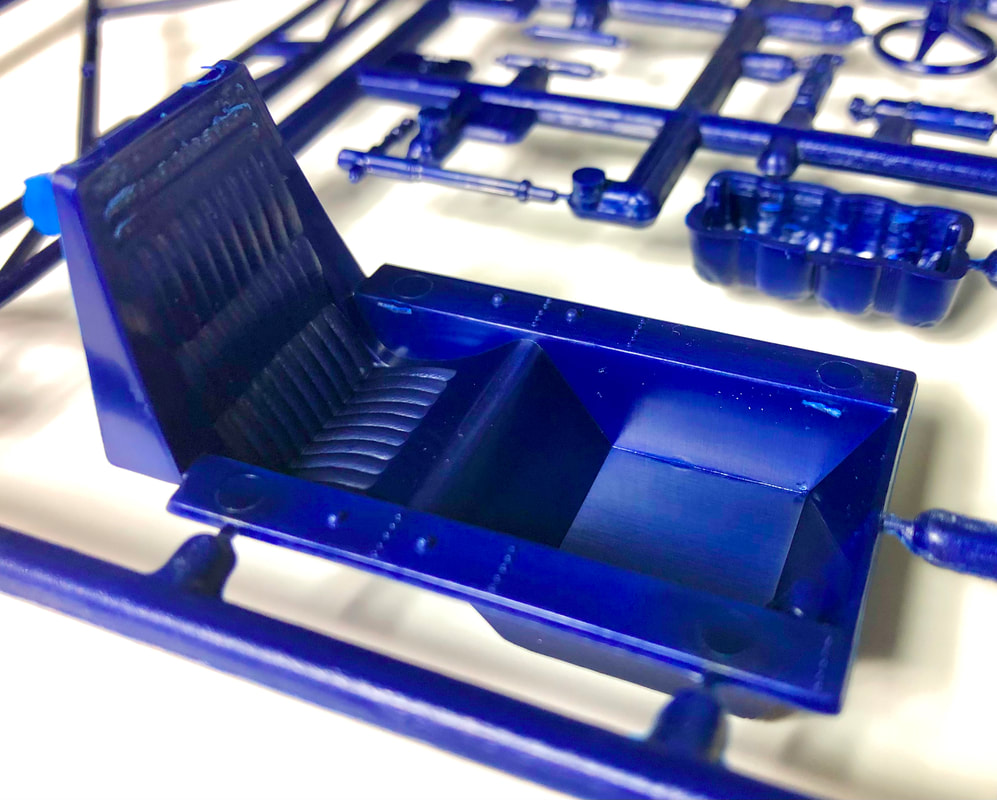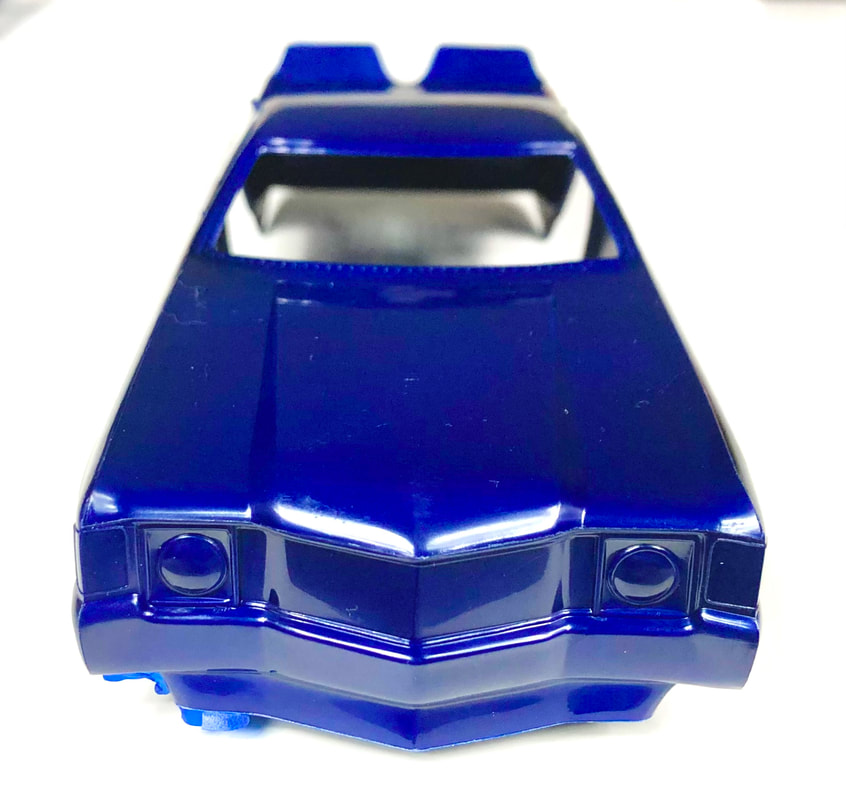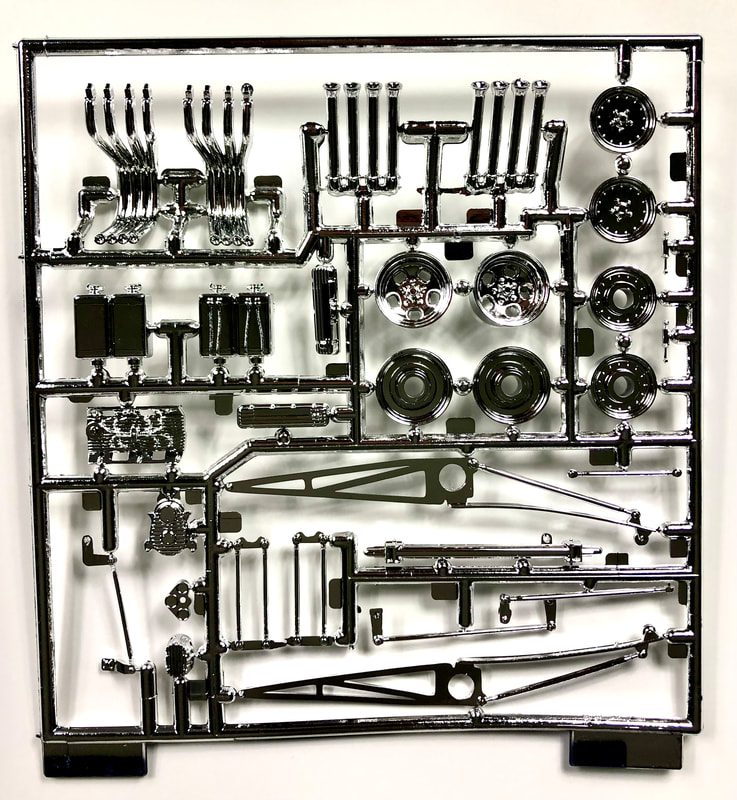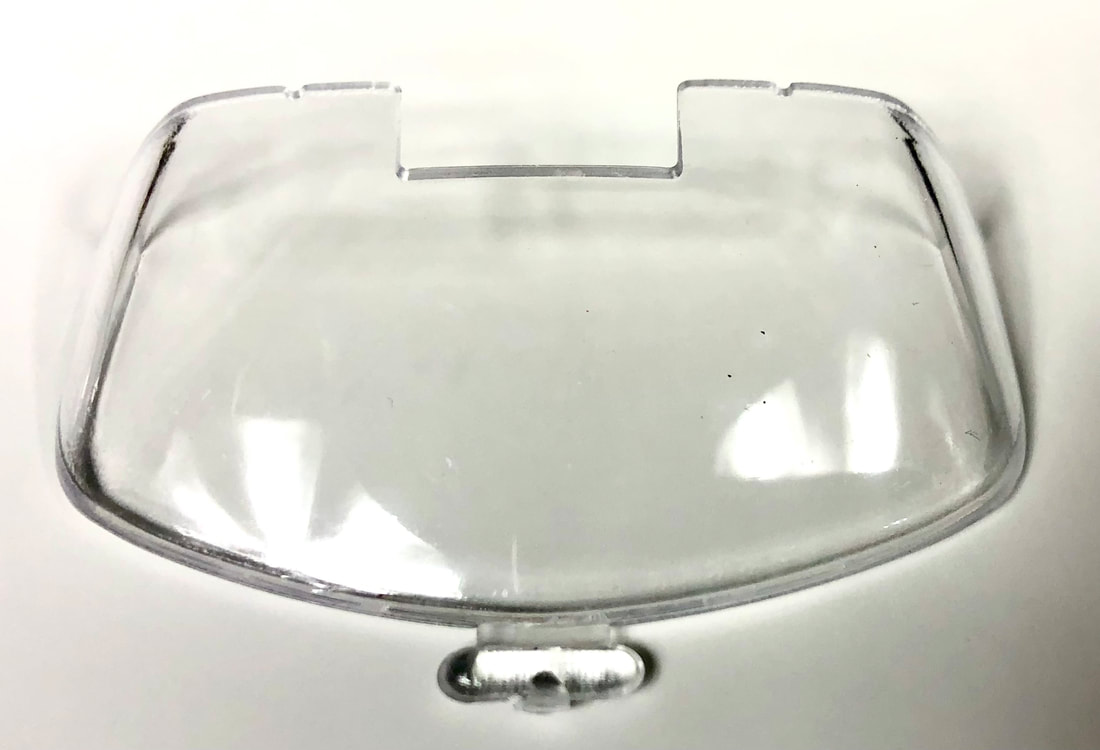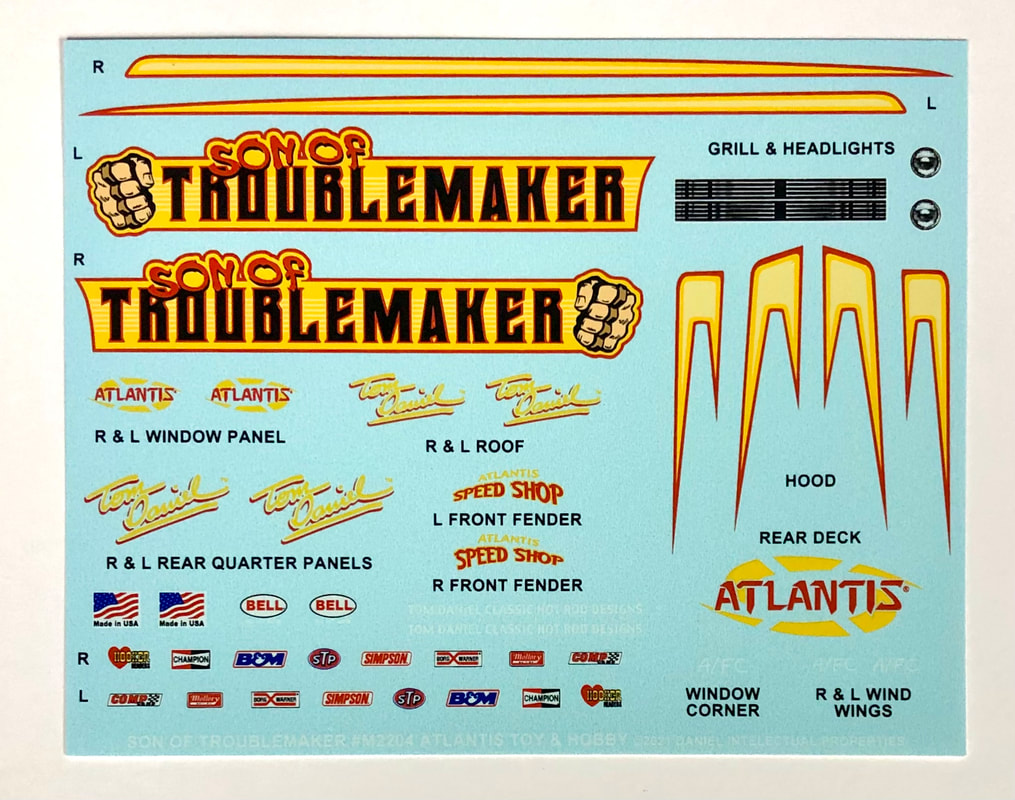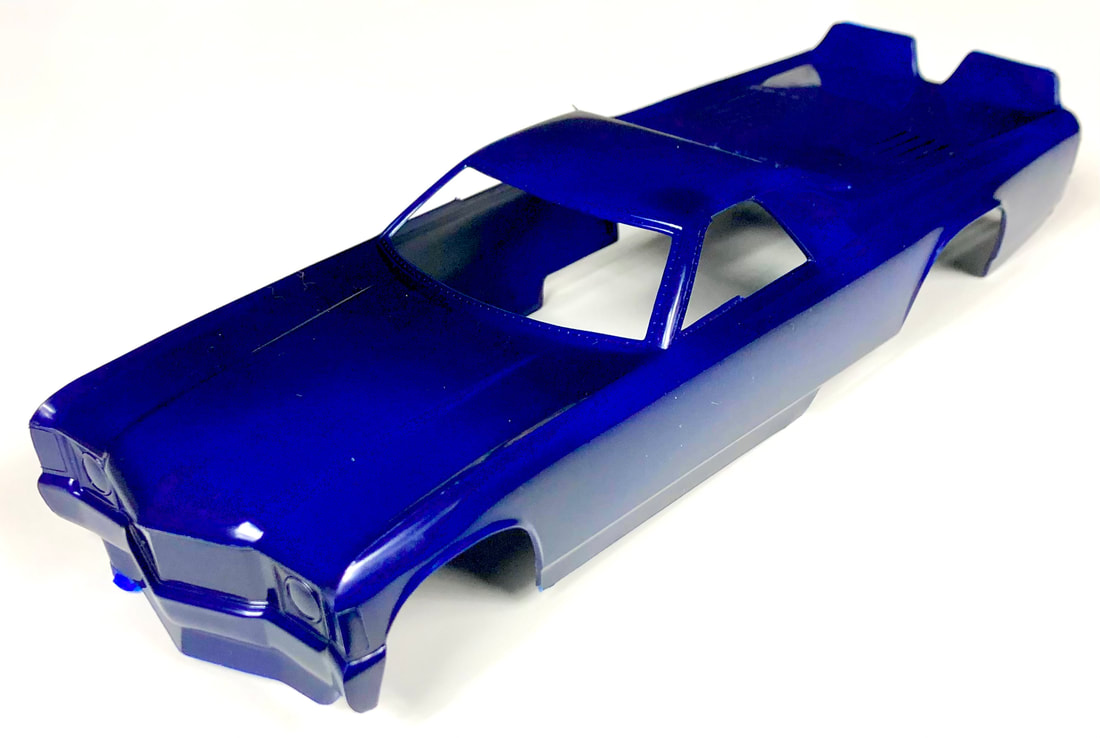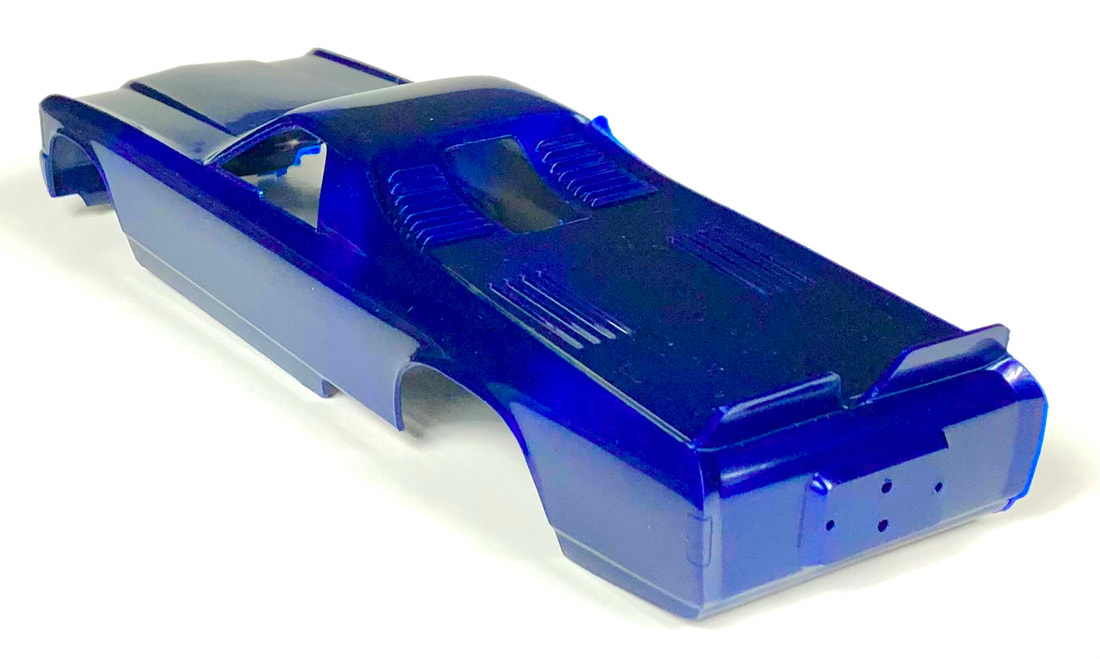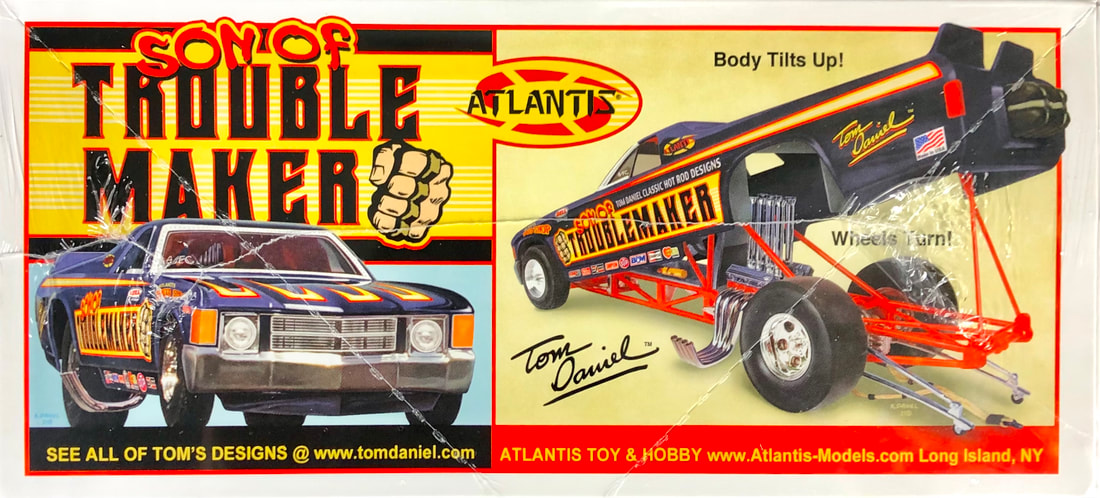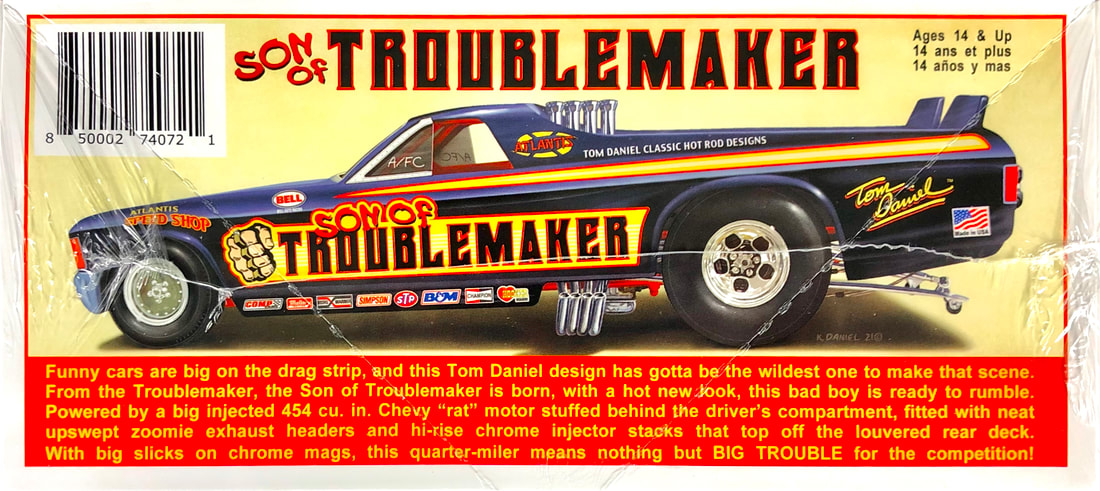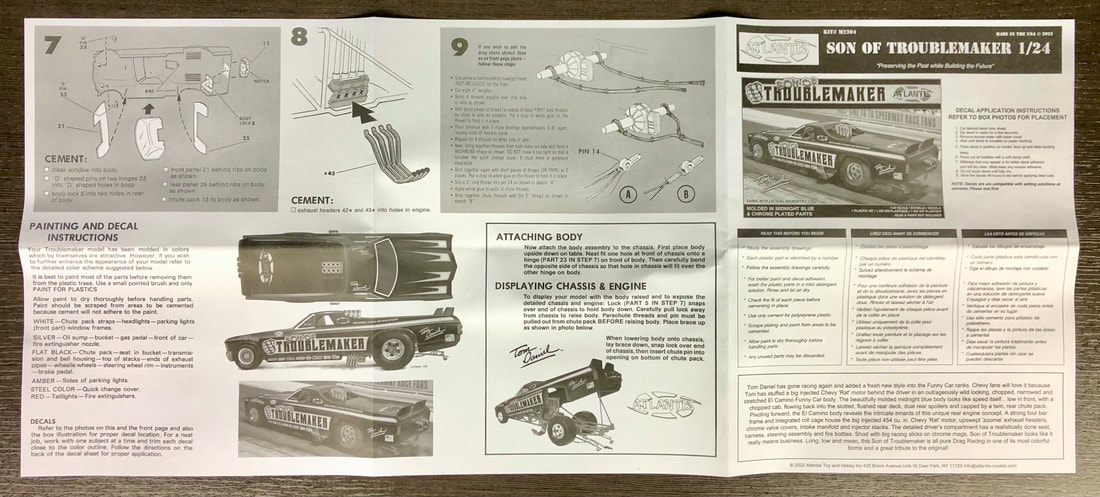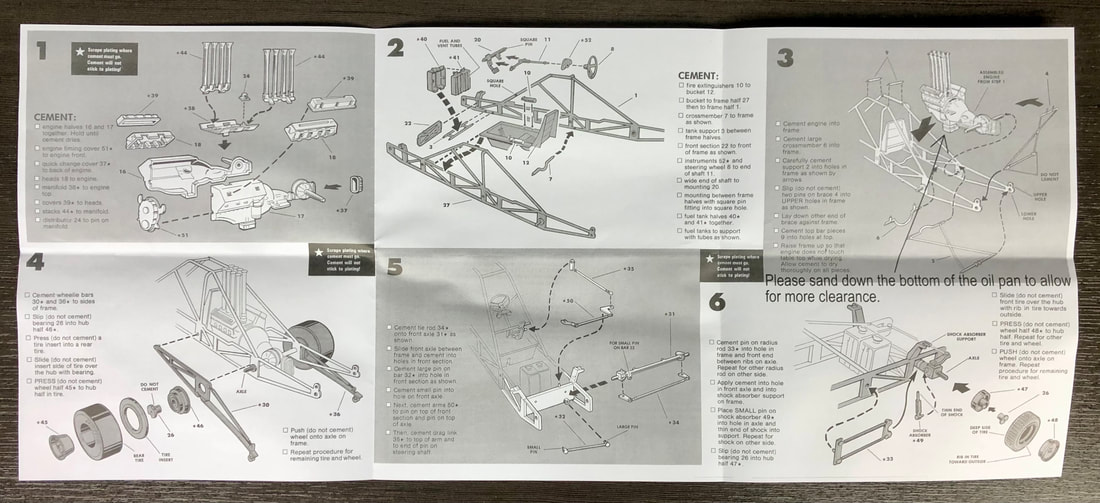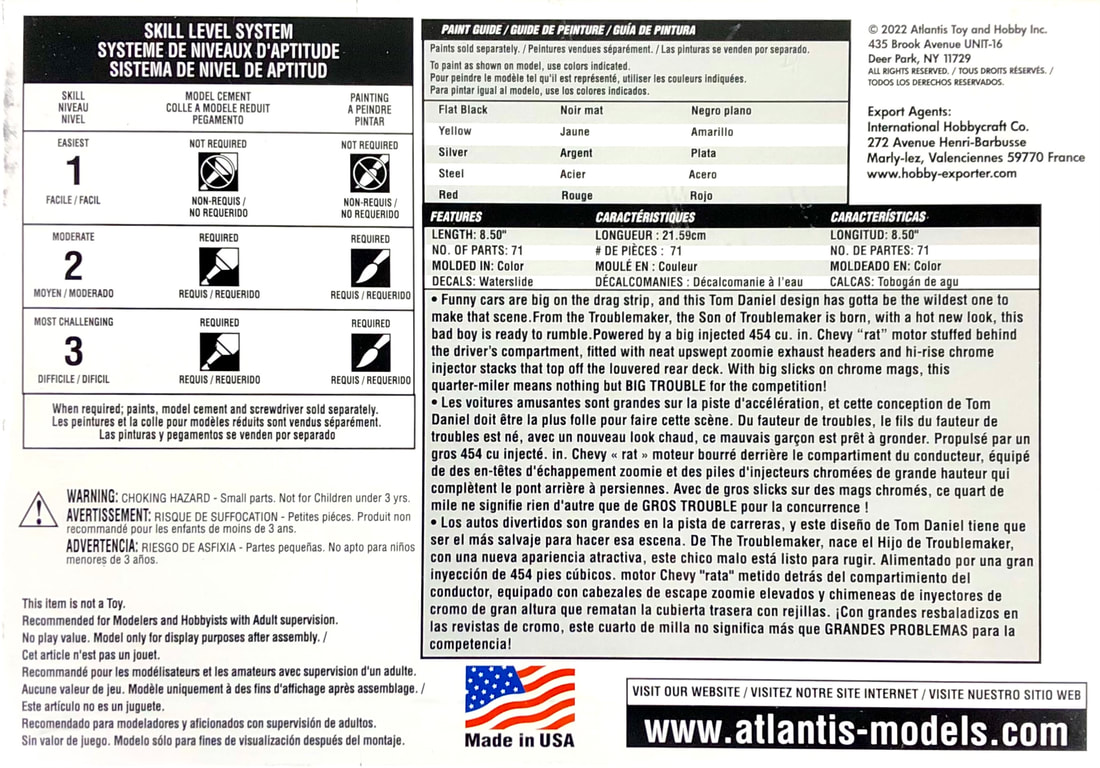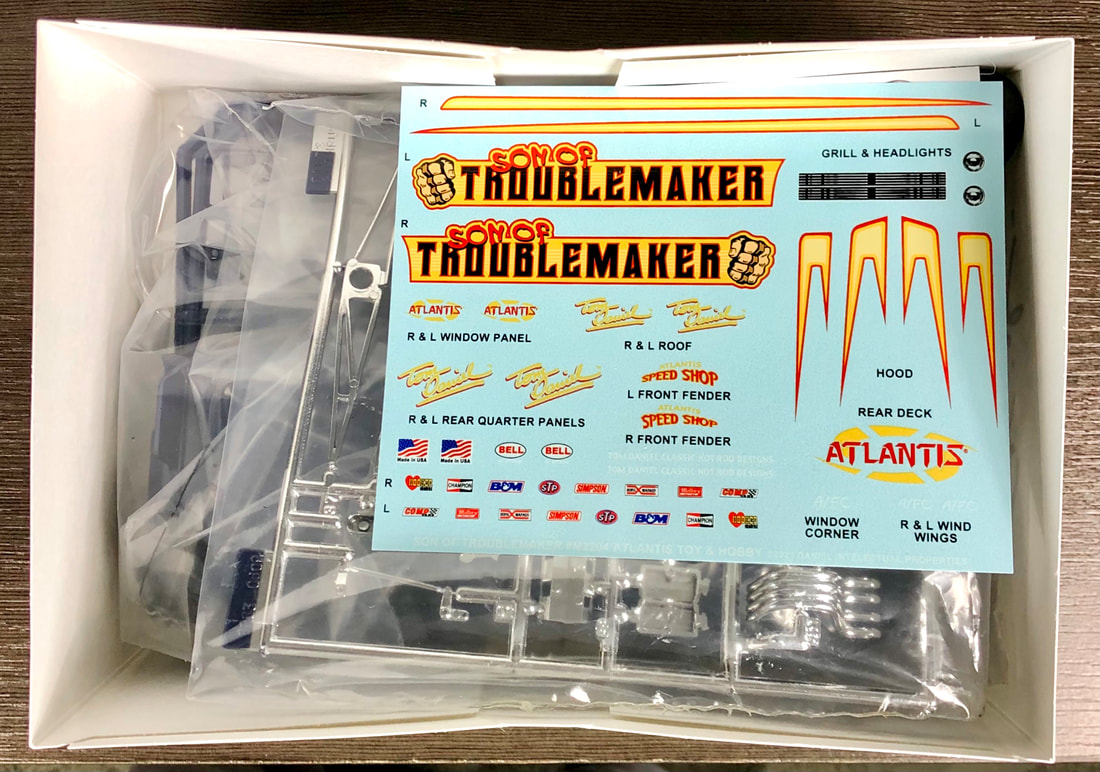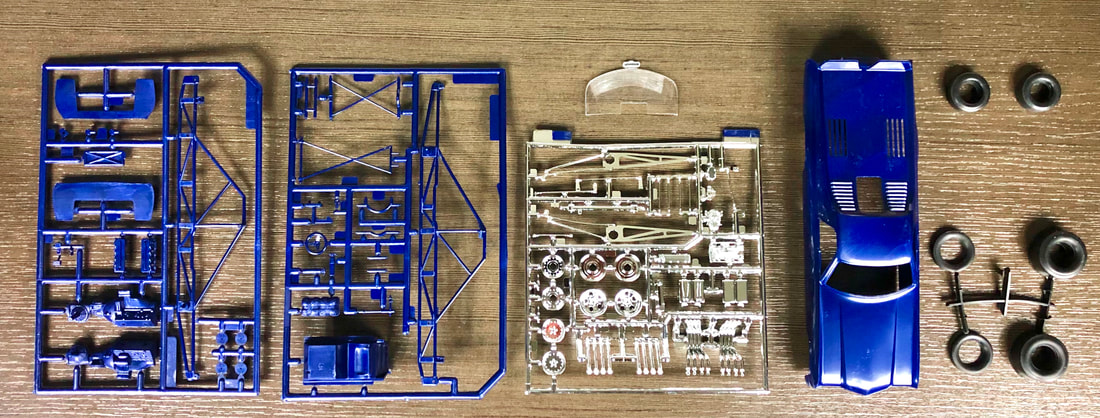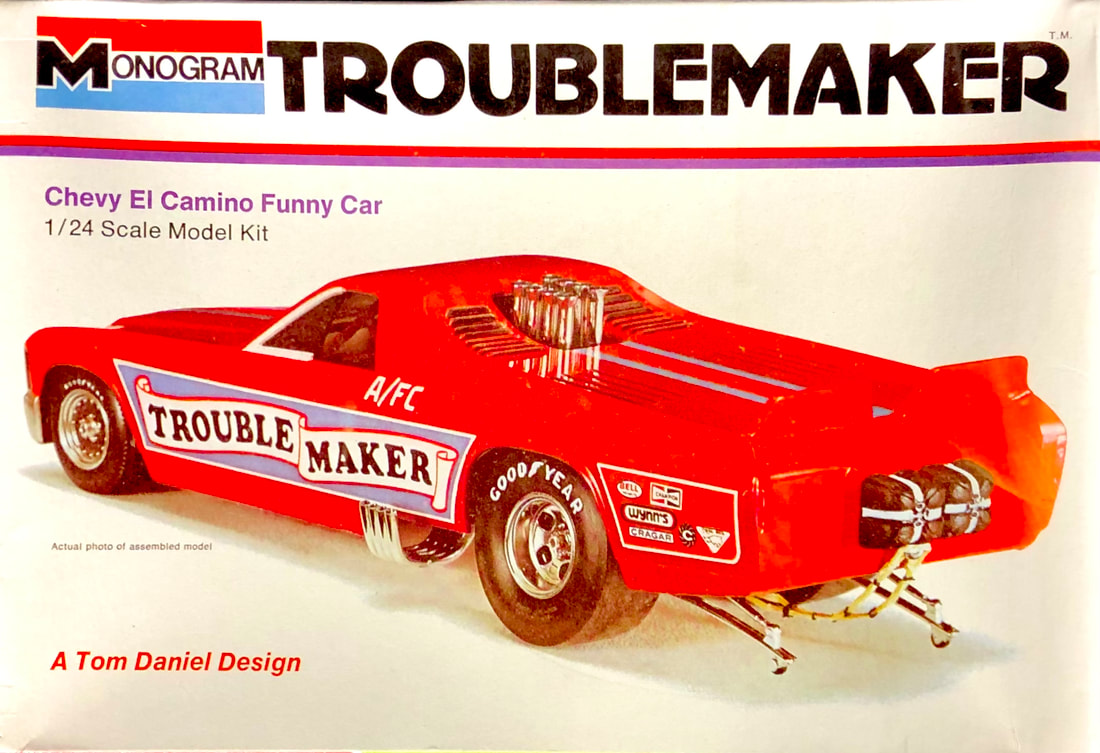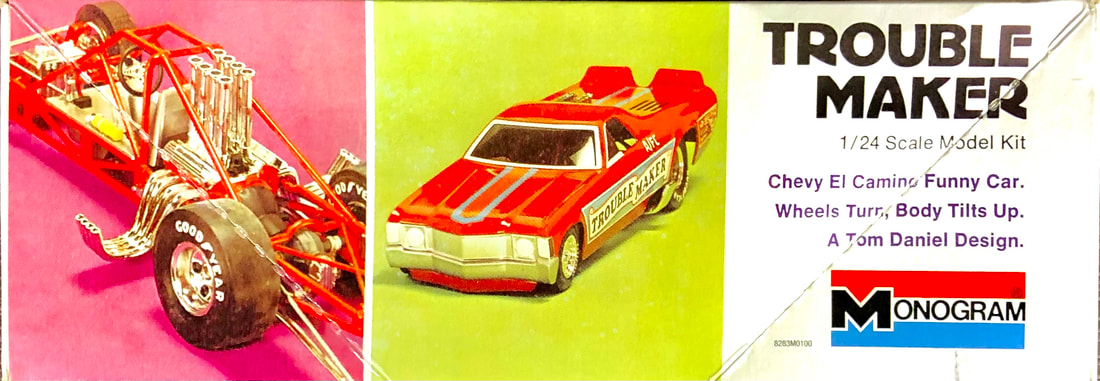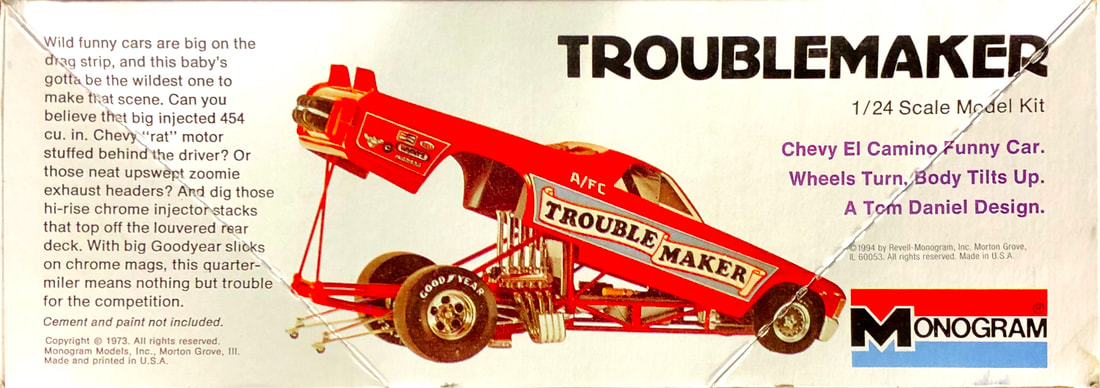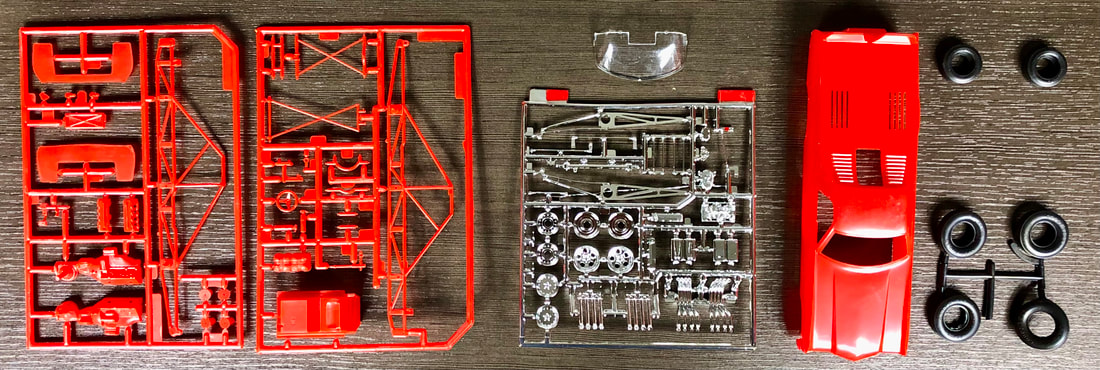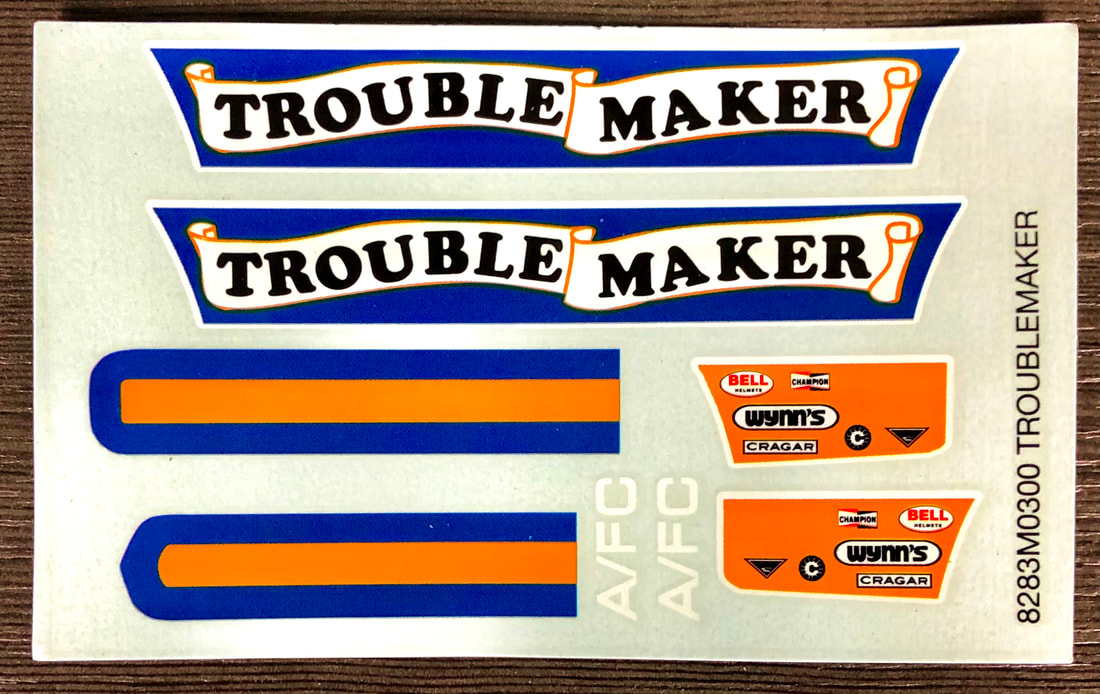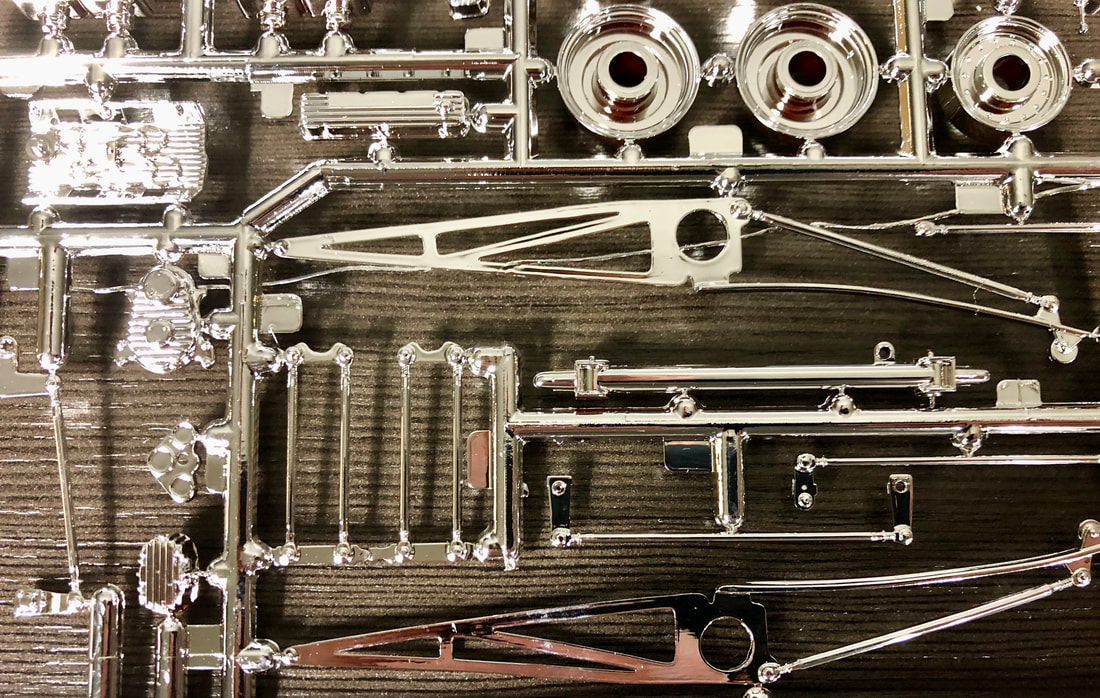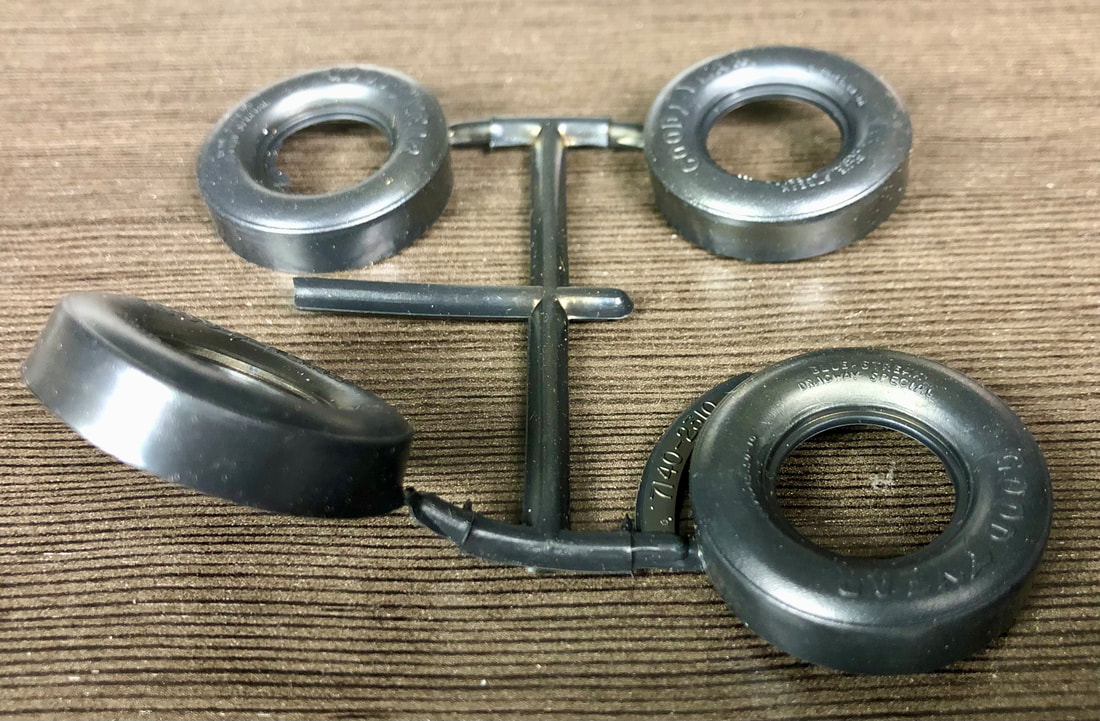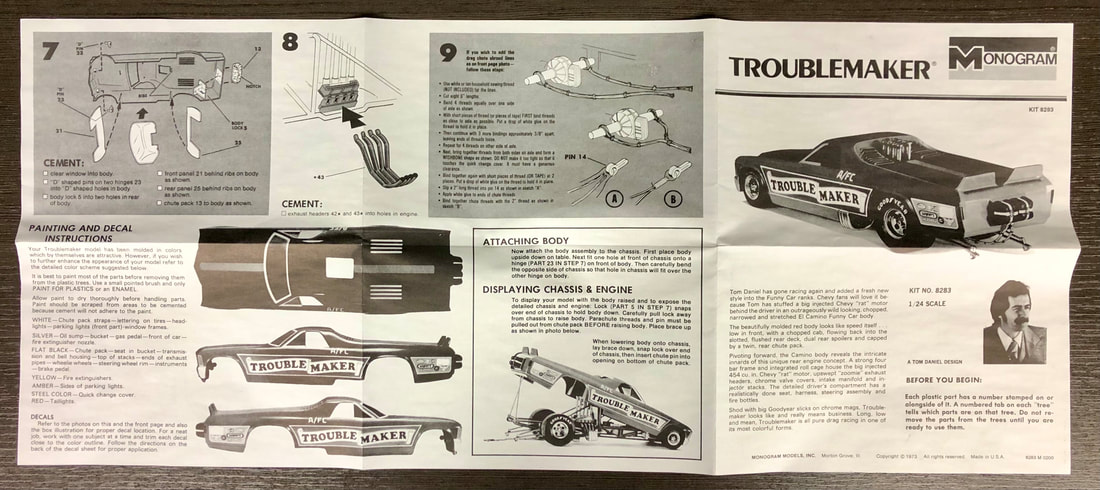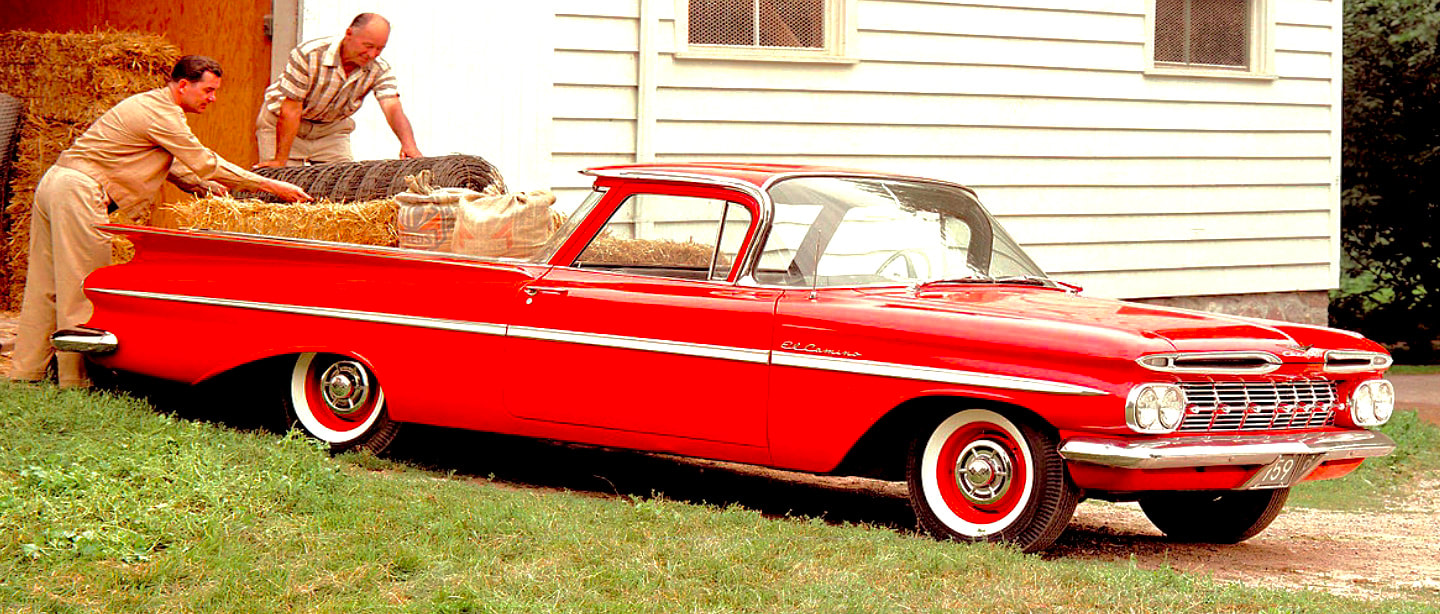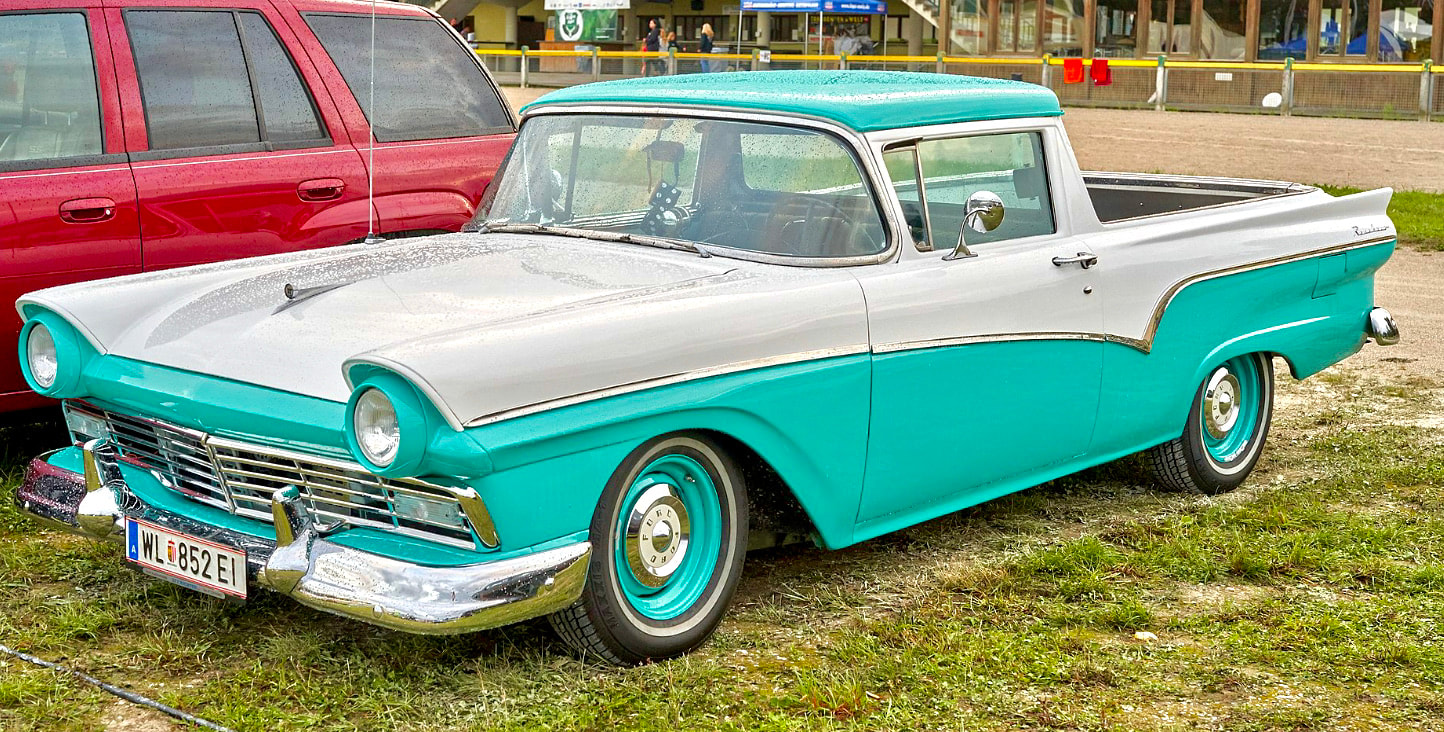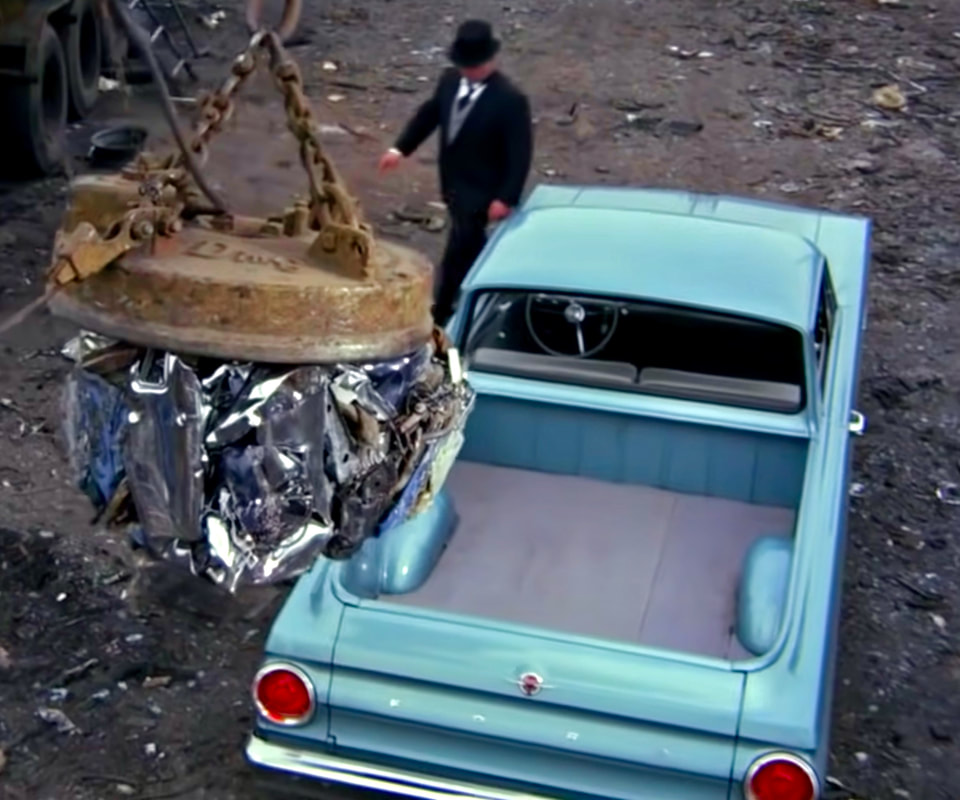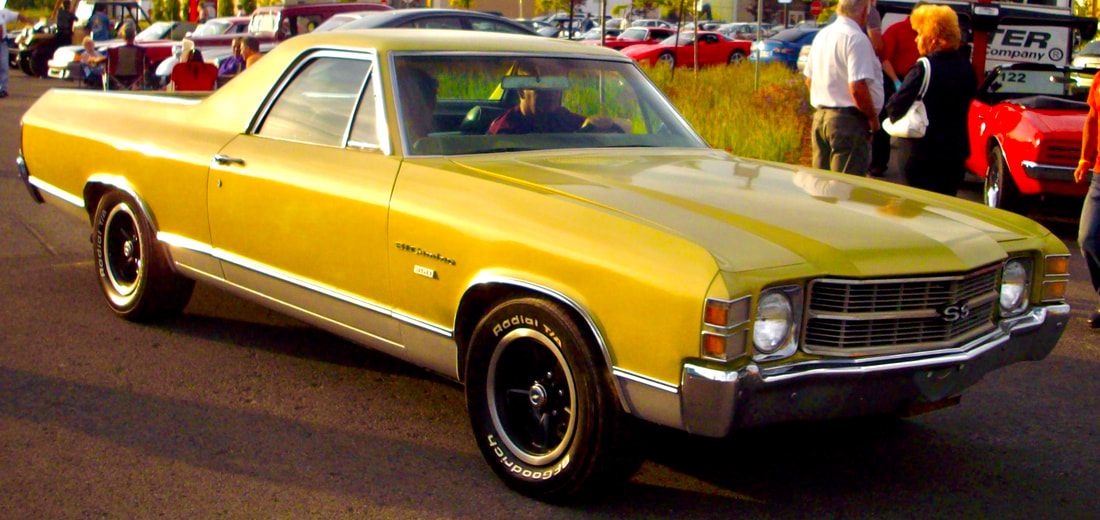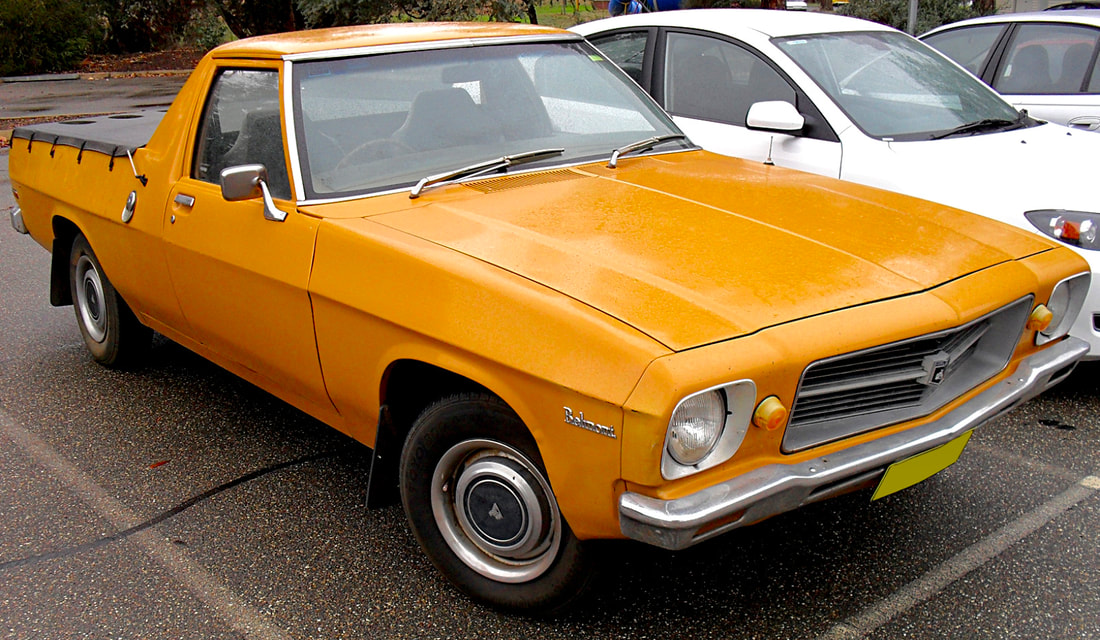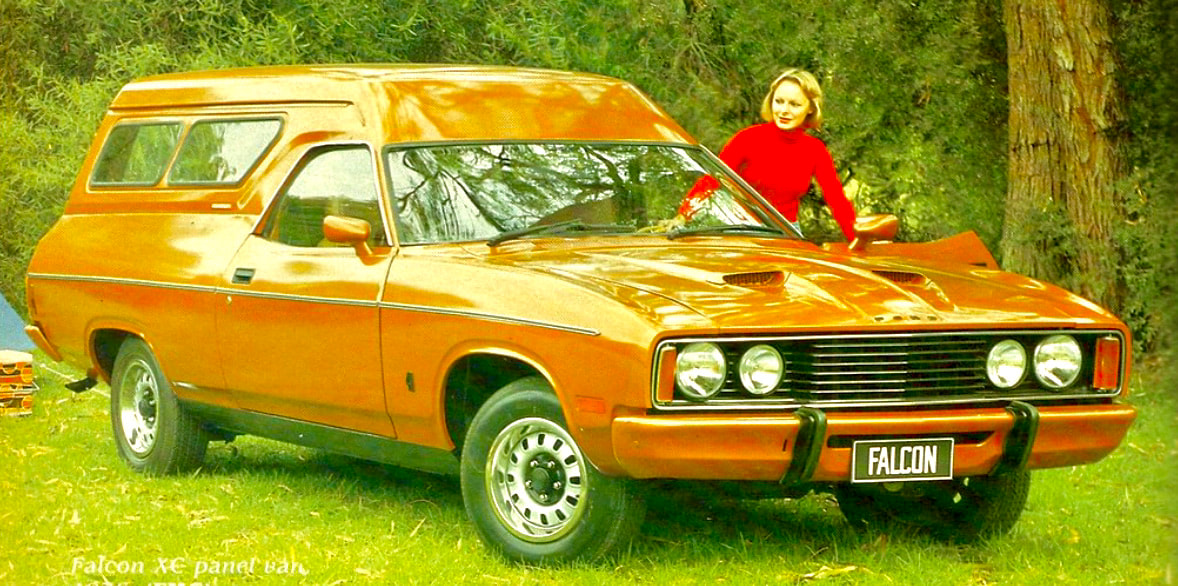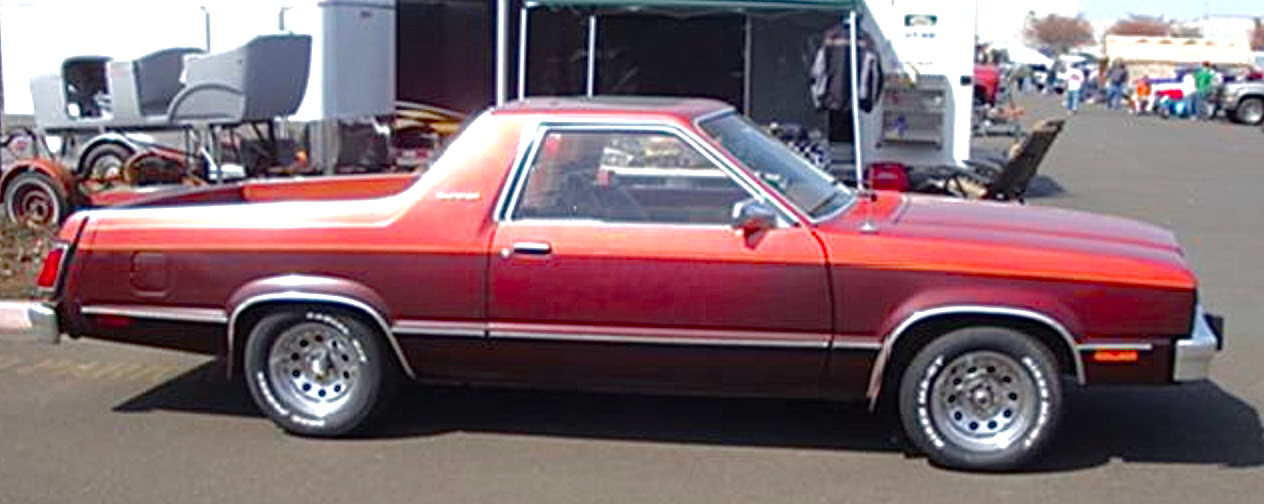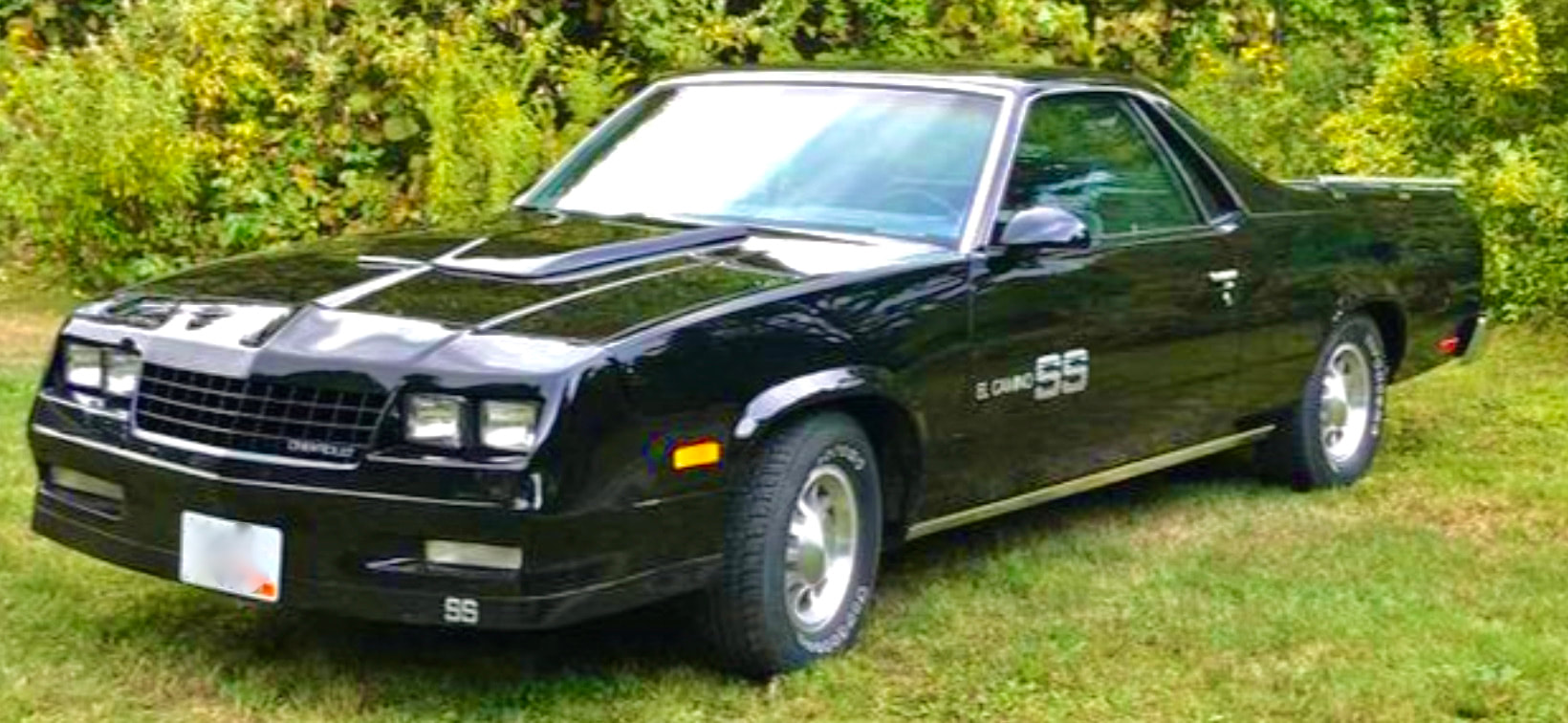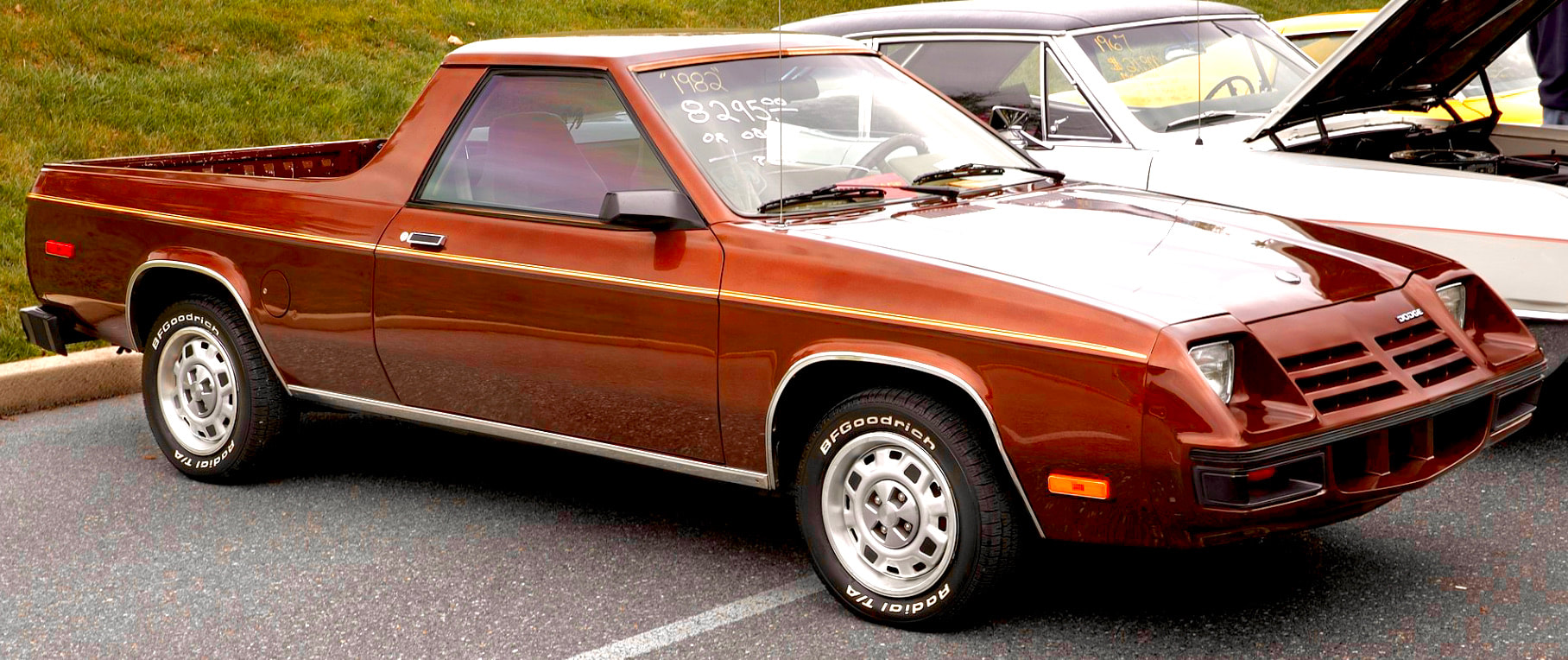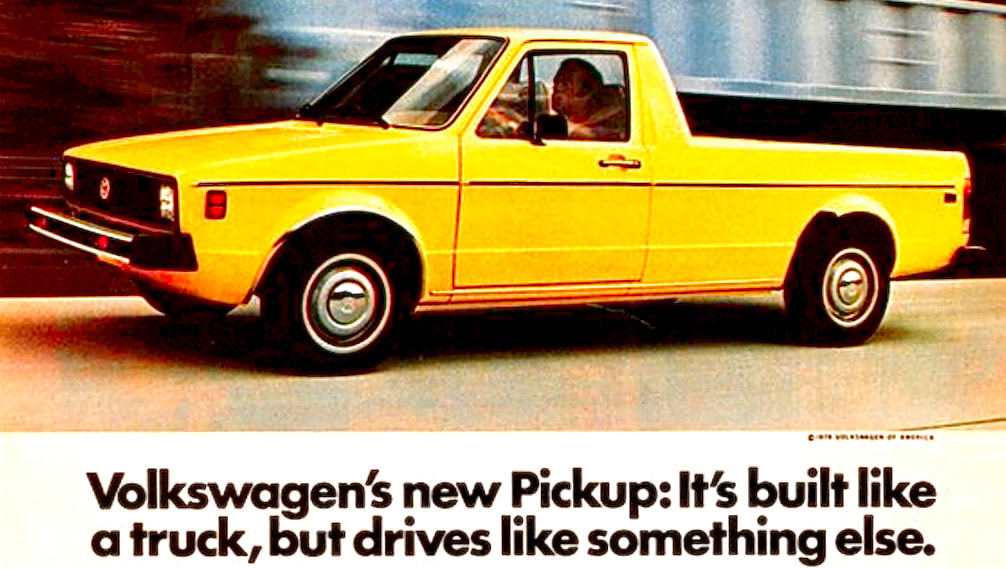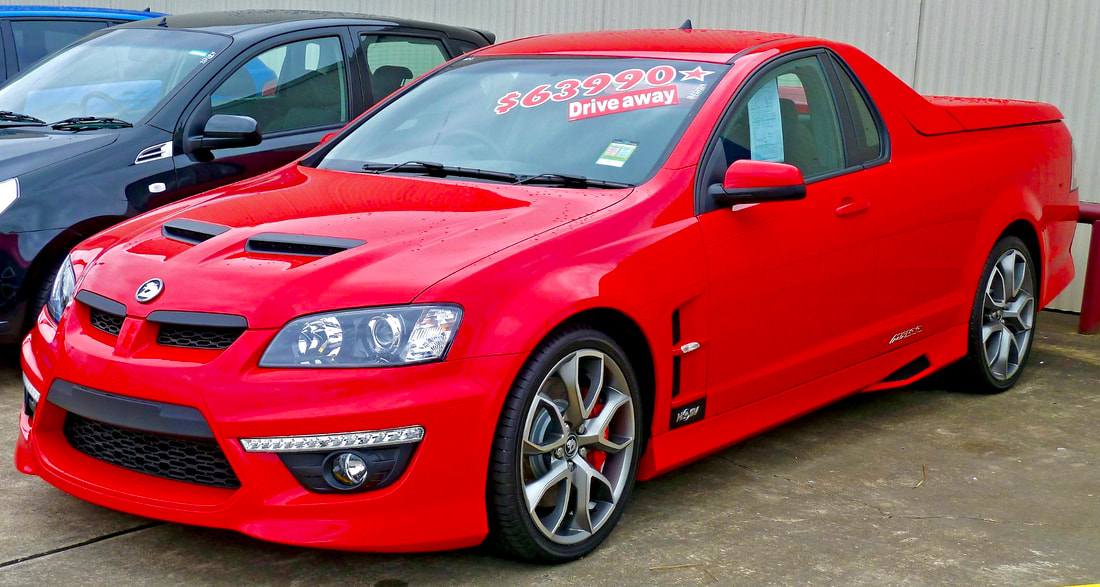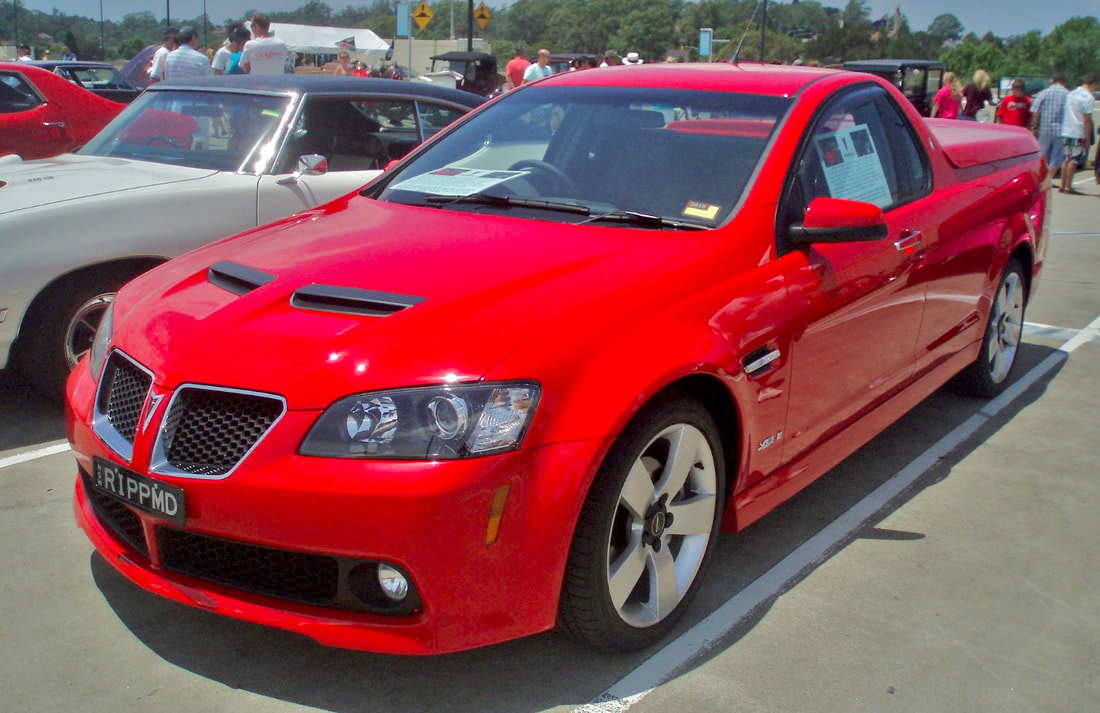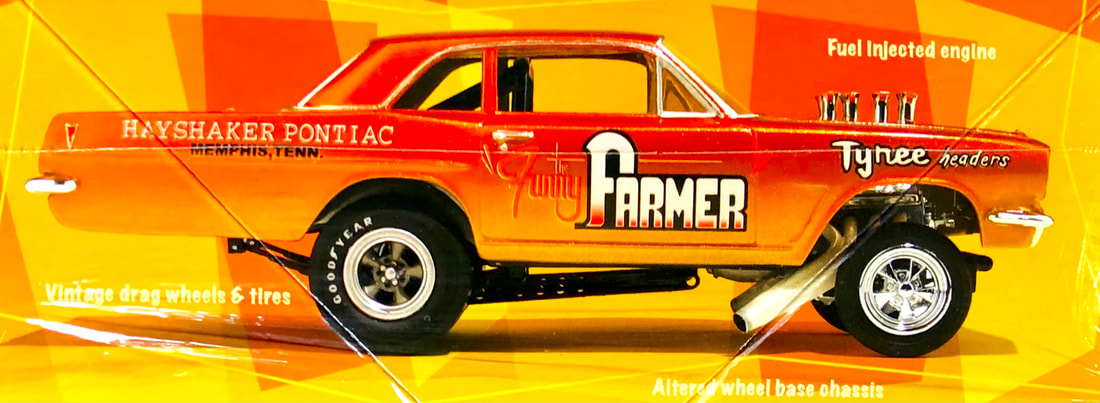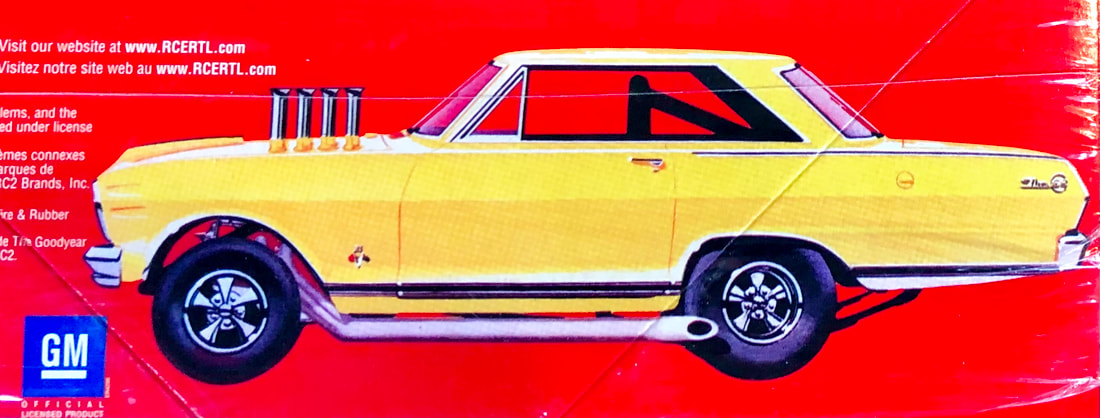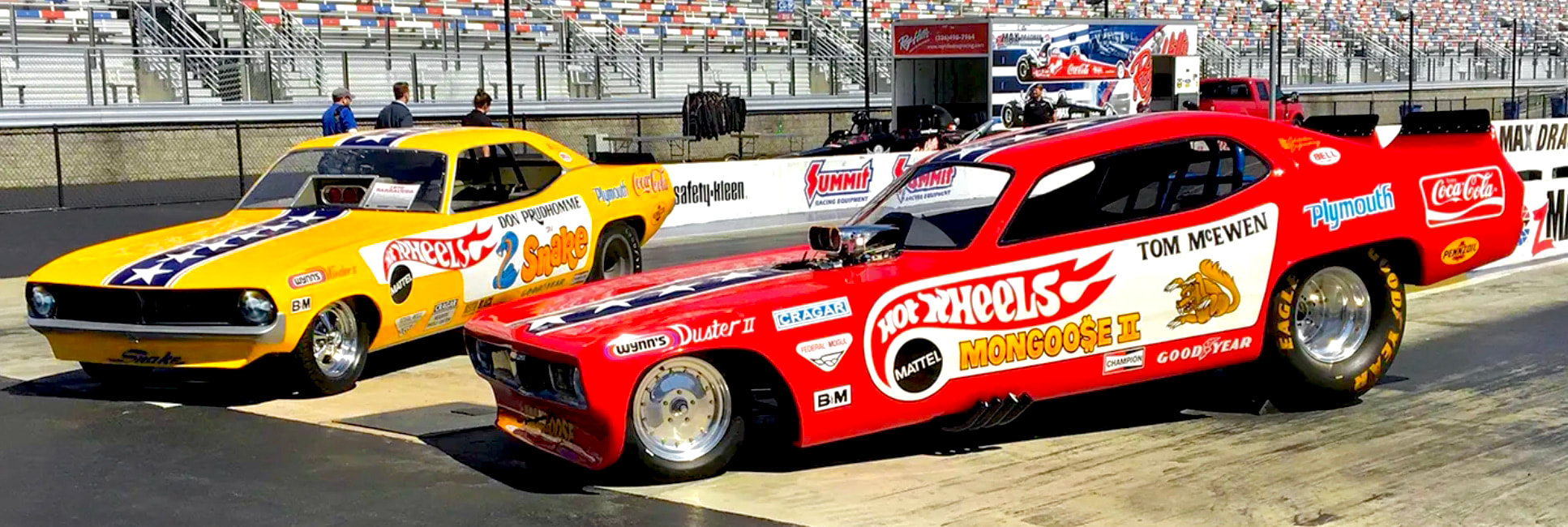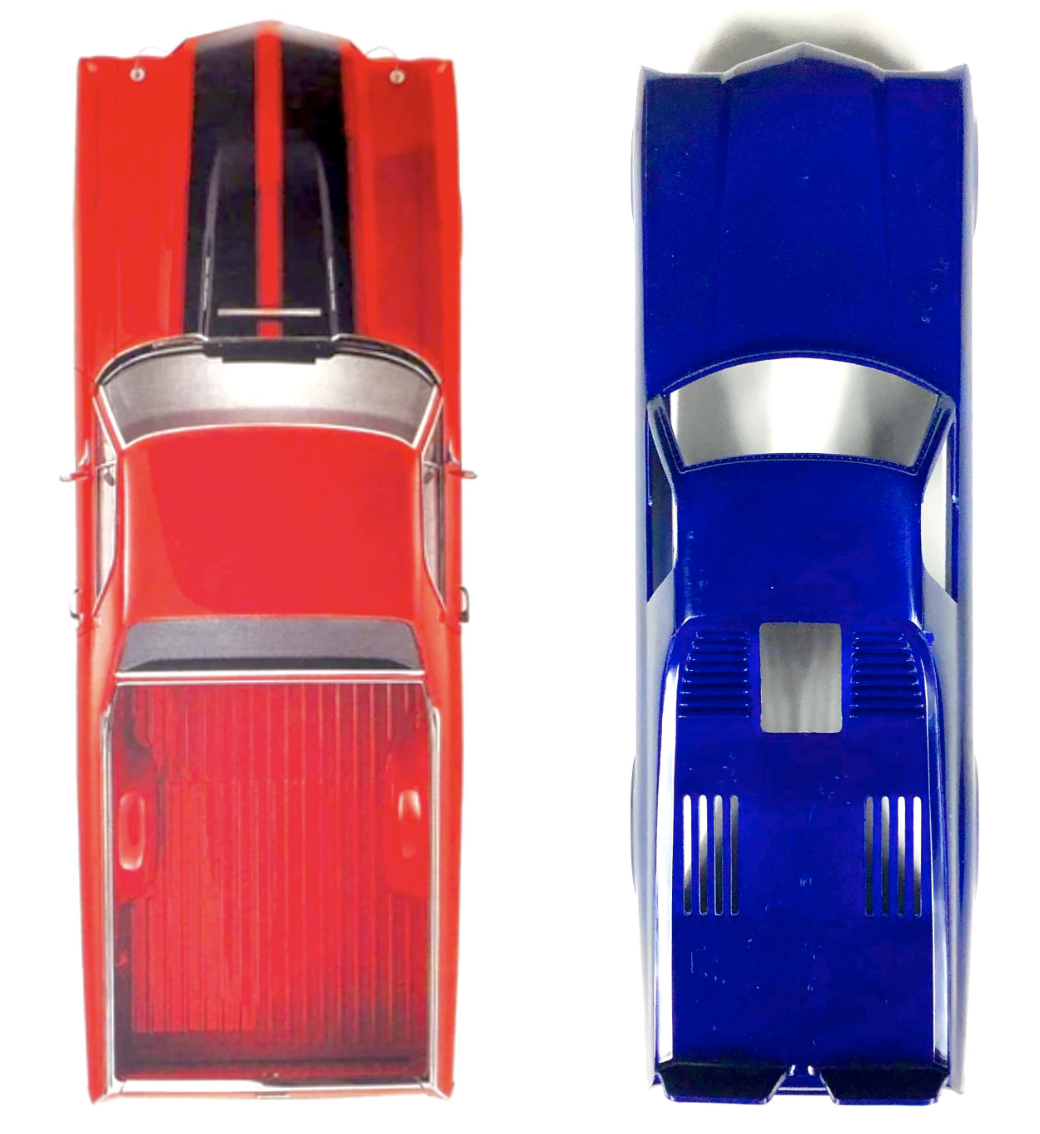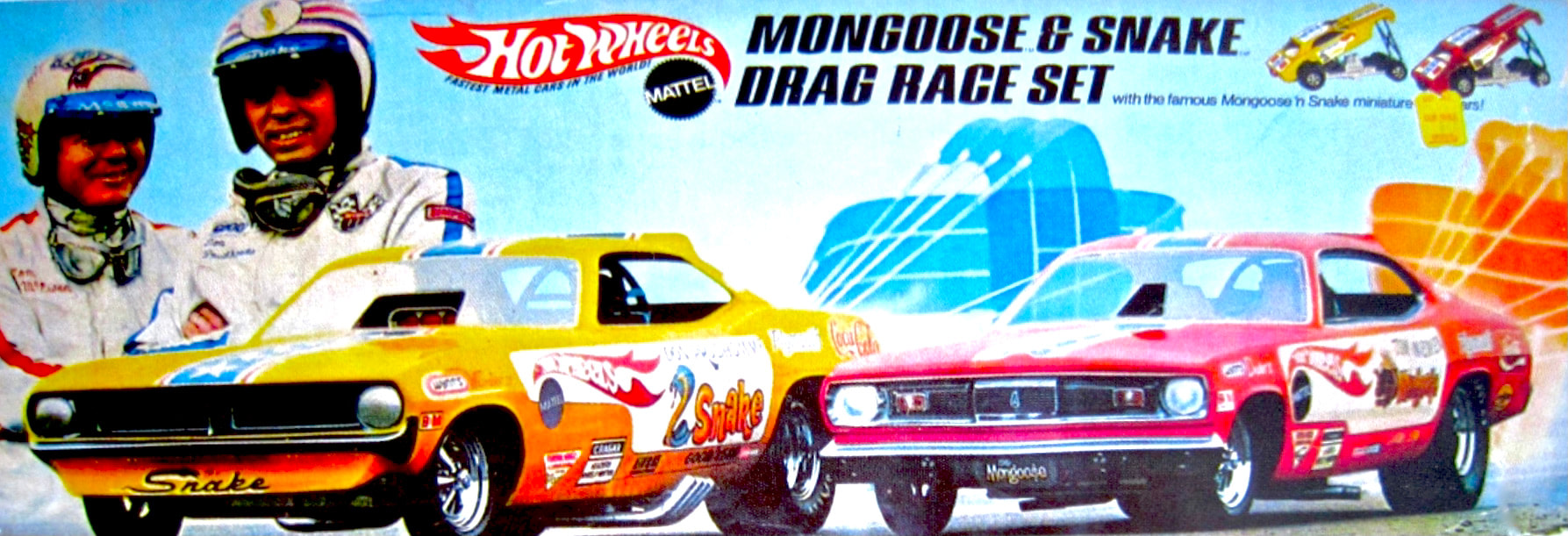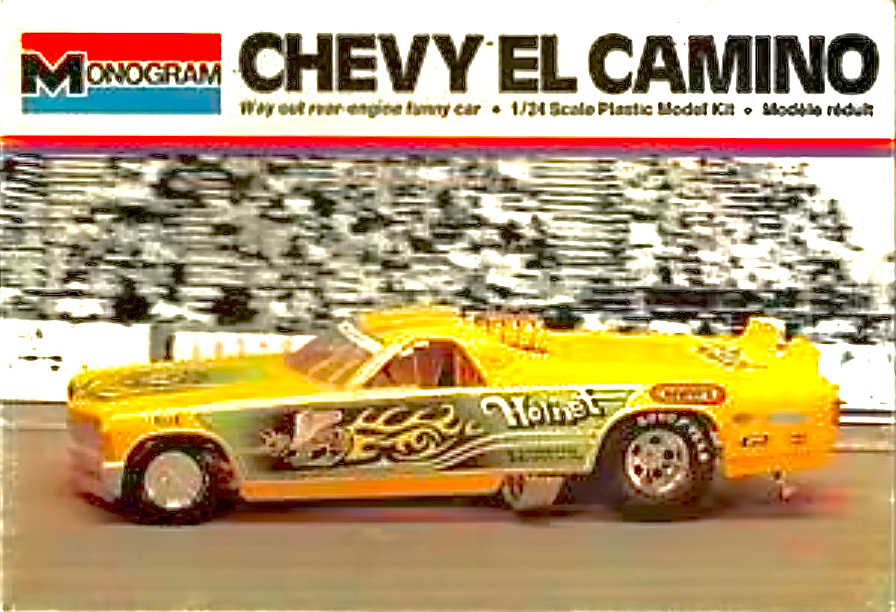BY BILL ENGAR
RACING LINEUP: ATLANTIS MODELS REINTERPRETS A TOM DANIEL CLASSIC AS SON OF TROUBLEMAKER. INNOVATIVE RACE-TRUCK/FUNNY CAR DESIGN. NICELY DETAILED TUBE FRAME. EASY TO ASSEMBLE FOR MODELERS COMFORTABLE HANDLING GLUE. THIS IS THE BEST-EVER RELEASE OF THE KIT WITH NEW TIRES, BOX ART AND DECALS.
For the first time, Troublemaker AKA Son of Troublemaker gets a spectacular box art painting! It's a collaborative effort with Tom Daniel's son Kelly doing the artwork here. Troublemaker returns as Son of Troublemaker with all-new graphics molded in midnight-blue plastic.
The custom show car trend started in the early 1960’s thanks to car builders such as Ed Roth, George Barris, Bill Cushenberry, and Darryl Starbird. Many of their full-sized creations in metal and fiberglass made it to hobby store shelves in the form of 1/24 and 1/25-scale model kits. Unfortunately, the custom car craze was waning as the musclecar era began to collapse in the early 1970’s. At Monogram Models, however, Tom Daniel was going strong designing a number of innovative and clever fantasy cars that became popular model car kits.
Son of Troublemaker is molded in midnight-blue plastic! On the chrome sprue, you'll find wheelie bars, wheel rims (front and back!), fuel tank, and many engine parts.
By 1973, horsepower numbers had been choked on paper with a switch to net from gross ratings and catalytic converters were on the horizon which took a much bigger toll on horsepower than simply reducing it on paper. But in 1973, Monogram released one of Tom Daniel’s most innovative custom car kits.
|
The 454 Chevy "Rat" motor is direct-coupled to the rear differential. Weight distribution on this design should make for a nice, grippy launch on a real drag car thus configured. Cutting out a driveshaft would save weight, too.
|
The cockpit tub is made out of flat panels, just like how a funny car fabricator would make the real thing.
|
Unlike Barris, Roth and the other custom car builders named, Tom Daniel was a fantasy car designer only. He never built the real cars, but designed well over 75 of them for Monogram in 1/24 scale. Starting with Beer Wagon, model kits like Red Baron, T’Rantula, Ice-T, and S’Cool Bus created a sensation among model kit builders and younger kids who bought these cars also incarnated as Hot Wheels (Monogram was owned by Mattel at the time).
The original Troublemaker was designed as an El Camino funny car. Up to this point (circa 1973), funny cars were exclusively based on two-door coupes. The Mongoose and Snake, a Plymouth Duster and Barracuda respectively, are two famous examples. These two cars, driven by Tom McEwen and Don Prudhomme, are well known today most likely because of an extensive marketing campaign by Mattell to promote Hot Wheels cars. I had at least two different Mongoose and Snake racing sets as a youngster!
Tom Daniel created the race truck a couple decades before it became a popular motorsport. His version of a 1971 Chevy El Camino was chopped and narrowed. By the early 1970’s, a tube frame was standard for a funny car and a lift-up fiberglass body hinged at the rear was also expected on these "stock car" dragsters. Tom turned this on its ear a little by hinging the body shell to his car/truck at the front. Troublemaker had a chrome-laden 454 big-block “rat” motor (the smallblocks were nicknamed “mouse” motors). Extra-tall velocity stacks and upturned Zoomie exhaust headers provide plenty of air throughput to be sure those drag slicks can burn off plenty of rubber. Troublemaker has no trouble getting off the line in short order. A nice touch is a pair of cockpit fire extinguishers. One of my favorite features of this kit when I built an original in 1973 was rolling wheels. Many Tom Daniel kits and Monogram 1/24 car kits had you glue the wheels on. For those of us who liked to roll our model cars along the table, this was a bit of a disappointment, but Son of Troublemaker has nicely engineered free-wheeling axle bearings integrated into the wheels that will roll just fine if you’re reasonably careful with the glue. I remember adding a small dab of Vaseline to the bearing surface that met the rim and those wheels rolled like they had ball bearings.
From this angle you can see the "chop," or lowered roofline.
Troublemaker was molded in all-red plastic during its first incarnation. Atlantis molds it in a striking midnight-blue plastic this time around. It’s a very cool color and you might be tempted to do no painting at all on your model.
If you decide to paint the tube-frame red, I’d recommend a white primer first. The red will be much brighter if it goes over white first.
If you decide to paint the tube-frame red, I’d recommend a white primer first. The red will be much brighter if it goes over white first.
The nice lines of the El Camino are apparent in these views. Instead of a rear window, you have a cutout for the extra-tall velocity stack intake pipes and louvers. A built-in tonneau treatment has vents and a split-ducktail spoiler at the rear.
I was about 12 years old when I built my original Troublemaker just after New Years in 1974. Being a vintage kit, there was minor need for some parts cleanup including a very small amount of flash. At that age, I had built a number of models before and I recall that Troublemaker was very easy to build. In fact, I was so happy with the way it came out that I probably remember it as my favorite of the many car models I built as a youth. It just went together easily and looked great upon completion with little if any fuss. I bought a can of red spray paint when I built my original Troublemaker, but the kit was molded in red, the parts looked fine to me unpainted, and I didn’t use it.
Box sides show alternate views of Son of Troublemaker plus a photo of a built model with the body shell in the up-position. Note that the tube-chassis is painted red, just like the original version.
Building the frame might create the biggest challenge for less experienced modelers. While all the original Monogram Tom Daniel kits were simple kits engineered for kids like me at the time, Troublemaker seemed to have an extra level of detailing and realism. Unlike many of the outlandish Tom Daniel fantasy cars, Troublemaker seemed like it was a scale model of an actual funny car with “real” details everywhere.
Instructions include original 1973 artwork. Note the optional step that shows how to make a simulated parachute harness.
A cool touch is the recommendation to make a parachute shroud line harness using (optional/not included with the kit) household thread. I remember doing this as a youngster and it added a nice element of realism to the completed model that was easy to do. You could use white or off-white thread for the shroud lines and black thread for the binding lines.
As a youngster, I had no trouble following these same instructions. As far as I was concerned at the time, this was about as close to perfect as you could come for a model car kit!
A new set of decals was designed for Son of Troublemaker. Atlantis’ decal sheets are high quality and it’s nice to see a collection of common drag racing sponsor decals. This requires some licensing legerdemain nowadays and Atlantis has proved they’re up to the task of adding these embellishments to the kit. An additional perk that wasn’t in the orginal decal sheet is the image of the grille and headlights. Many funny cars and modern NASCAR-type stock cars use big stickers to represent grilles and headlights on their fiberglass front facades.
Atlantis tooled a new set of drag tires. They were needed; the tires on the original kit were split down the center of the tread and it was hard to hide this seam. The new rear tires are two pieces each, but the seam here is on the inner sidewall. It’s so tight it won’t even be noticeable.
The instructions say to trim the oil pan if it’s too close to the ground. For the engine-challenged, the oil pan is the box-like structure at the very bottom of the engine. This recommendation isn’t on the original instructions. I did note that the new rear tires may be fractionally smaller than the old ones which might lower the car just a tad. It might not hurt to shave off a millimeter or so of the block during engine assembly. Don’t worry at all about accuracy if you do this. Real custom car makers run into these sorts of issues all the time and fabricating a slightly shortened oil pan to increase ground clearance if needed would be the sort of modification a custom engine builder would do routinely.
The instructions say to trim the oil pan if it’s too close to the ground. For the engine-challenged, the oil pan is the box-like structure at the very bottom of the engine. This recommendation isn’t on the original instructions. I did note that the new rear tires may be fractionally smaller than the old ones which might lower the car just a tad. It might not hurt to shave off a millimeter or so of the block during engine assembly. Don’t worry at all about accuracy if you do this. Real custom car makers run into these sorts of issues all the time and fabricating a slightly shortened oil pan to increase ground clearance if needed would be the sort of modification a custom engine builder would do routinely.
We couldn't decide which background we preferred for the kit; white, or our faux-wood table. So we'll include another overall look at the parts here!
Another thought regarding that 454 engine block; from the factory, a 454 in those days would come with an orange engine block. GM was and is still happy to sell motors-in-a-box to racers and customizers; these are widely referred to as "crate motors" since that's how they're actually delivered. A high-end exhibition drag car like the hypothetical Son of Troublemaker could just as easily have a custom color applied over the stock factory block paint, in this case to match the frame, but if you wanted, adding a dash of orange would give the car another piece of authenticity and an extra dash of color. It'd look awesome with that midnight-blue body, anyway. Paint the fire extinguishers yellow and the chassis under that upturned El Camino body will be awesome on your Son of Troublemaker!
|
|
As mentioned, this is one kit that really hits all the marks. Design, details, build-ability—it is really an all-around outstanding model kit. And Atlantis made it even better with improved tires and all-new graphics. The 2Modeler.com guys give this model an enthusiastic four thumbs up!
Special thanks to Atlantis Models for providing this model kit for us to review and enjoy! |
BONUS FEATURES
THE ORIGINAL TROUBLEMAKER
Take a short journey with us back in time as we take a look at Troublemaker as it originally appeared. Circa 1994, Revell/Monogram re-released Troublemaker as a commemorative re-release duplicating as closely as possible the original box and decals from 1973. Enjoy our photo-essay!
In 1973, Monogram began releasing their kits in boxes featuring a built model on a white background. For the time, it was very cutting-edge artistically. For modelers, you were seeing exactly what you were getting. Yes, we missed the exciting paintings, but I remember feeling like my finished model looked pretty much like the picture on the box--and I didn't even paint it!
Seeing this picture of the chassis iced it for me--I bought the model on-sight at my local K-Mart in early 1974. Price: $2.00. I had to deliver a lot of papers to earn that kind of money.
The original was molded in a very opaque bright red plastic that looked great unpainted. The midnight blue plastic of the new Atlantis version tempts me to give my airbrush a rest, at least with the body.
|
The original rear tires that came with earlier versions of Troublemaker. These were a hard vinyl, so it was practically impossible to fill the seam down the center of those slicks. By the way, at time of posting, Atlantis Models is selling their new tires as aftermarket parts! So you can buy a pair for your other dragster kits that need them!
|
The front page of the original instructions shows that little has changed, other than showing the old graphics. Tom Daniel hasn't aged a bit!
THE CHEVY EL CAMINO, FORD RANCHERO, AND AUSTRALIAN UTE
Ford of Australia is credited with creating the first "coupe utility." These became extremely popular in Australia and were later referred to simply as "utes." In 1957, Ford released the Ranchero in the USA, a simple derivitave from their 2-door station wagon. A couple years later, Chevrolet did the same thing with their Impala to create the El Camino. Long before mini-pickups from Japan were a thing in the USA, the El Camino and Ranchero were handy for light hauling jobs where 4-wheel drive and greater hauling capacity of a larger pickup weren't needed.
|
A Ranchero plays a supporting role in 1964's Goldfinger, the third James Bond film. Villain Oddjob prepares to drive off with a crushed Lincoln Continental--curb weight 5000 lbs or 2-1/2 tons! Don't try this at home.
|
Troublemaker and Son of Troublemaker are based on a 1971 El Camino, which is shown here. This generation of the El Camino was based on the midsize Chevelle.
|
|
Pure Australia: The HQ Holden Ute, 1971-74. Holden was an Australian car manufacturer that was a division of General Motors. This car has no engineering connection to the El Camino--the HQ was exclusively an Australian design.
|
Australia's "Ute" went places the El Camino or Ranchero never dared tread. This looks like a Ford Falcon Ute with a built-in shell. It's no custom--they were actually factory-built by Ford as commercial vehicles but they also made popular personal transportation in Australia! They're officially known as panel vans, but the more commonly used nickname in Australia is "sin bin."
|
|
Back in the USA circa early 1980's, Ford tried to revive its discontinued Ranchero platform with the Durango, a Fairmont coupe cut-and-converted by National Coach Works. Yes, Ford used the Durango name prior to Dodge appropriating it for their popular midsized-SUV. A few hundred of these were sold through Ford dealerships, but demand wasn't such that Ford could consider building them in-house.
|
The end of the line for the Chevy El Camino. The last generation had a unique chassis but shared some Malibu sheet metal early on. It then resembled the Monte Carlo after the Malibu was discontinued in 1983. This is a 1987 SS (Zero260.com). In Australia, the ute lived on!
|
A COUPLE MORE EXAMPLES OF COUPE-UTILITY EXPERIMENTS
|
Dodge didn't have a rear-wheel-drive equivalent to the El Camino or Ranchero during the heyday of those vehicles, but this compact Dodge Rampage was a coupe utility attempt sold between 1982-84. By this era, inexpensive Japanese mini-pickups had really come into their own and the Rampage couldn't compete.
|
The Volkswagen Rabbit Pickup was also a car with a truck bed, in this case another FWD competitor to take on the mini-pickup. While it was available longer than the Rampage, it couldn't compete with the mini-trucks. The Subaru BRAT was another example that did better but its AWD drivetrain put it a lot further into off-road territory and it was beloved by skiers and adventurers.
|
THE EL CAMINO REBOOT THAT ALMOST WAS
Pontiac's Grand Prix was getting long in the tooth as the early 2000's neared the 2010's. A choice was made by Pontiac to discontinue the model and consolidate the product line to a simple letter-number model designation, in this case the G8. Pontiac turned to the Australian Holden division to rebadge their popular Commodore sedan as the new-for-2008 Pontiac G8. The cars would be back-door imported from Australia with Pontiac front clips. Notable was a change from front wheel drive in the case of the GP to the rear-wheel drive of the Commodore. Front wheel drive wasn't a big selling point for Australian-made cars since its ability to handle snowy weather simply wasn't needed in The Land Down Under.
The G8 was a promising venture. Driving enthusiasts liked the transition back to rear-wheel drive for Pontiac's midsize sport-sedan, particularly when a Corvette engine with a 6-speed manual was dropped into the GXP variant. Alas, the financial meltdown of 2008 dispatched the Pontiac marque before the G8 gained market traction. An "El Camino" version of the G8 was considered by simply rebadging the Ute variant of the Commodore. Alas, with the demise of Pontiac and the discontinuation of the Holden-Pontiac connection, the dream ended. The sad postlude to this story is that both Ford-Australia and Holden quit making domestic Australian cars in 2016 and 2020 respectively and new Aussie-made utes are gone as well!
FUN TIMES AND FUNNIER CARS
FUN TIMES AND FUNNIER CARS
CRAZY TRIVIA QUESTION: WHAT DO GOLF AND DRAG RACING HAVE IN COMMON?
American stock car racing traces at least some of its roots with moonshiners who modified their cars for added speed to outrun police. After World War II, retired military aircraft runways were a perfect place for staging drag races and a quarter-mile, or 1320 feet, was chosen as an ideal distance to get the cars to a respectable speed, allow space for stopping within the confines of the runway, and give spectators a reasonable view of the launch and finish line. The sport’s sanctioning body, the NHRA, was founded in 1951 and had its first Nationals in 1955.
American stock car racing traces at least some of its roots with moonshiners who modified their cars for added speed to outrun police. After World War II, retired military aircraft runways were a perfect place for staging drag races and a quarter-mile, or 1320 feet, was chosen as an ideal distance to get the cars to a respectable speed, allow space for stopping within the confines of the runway, and give spectators a reasonable view of the launch and finish line. The sport’s sanctioning body, the NHRA, was founded in 1951 and had its first Nationals in 1955.
|
This is a model of a 1963 Tempest that demonstrates an altered wheelbase "funny" drag car from the early 1960's. Handling of a car like this in any cornering scenarios would be horrendous. But the straight line was only what mattered--for 1320 feet.
|
The AMT "Rat Packer, a model of a Chevy II (later called the Nova) with an altered wheelbase. The "Street Freaks" series had a common chassis that could be used with different bodies.
|
Like the illegal rum-running days, factory cars were commonly modified for the early races. It was found that the most speed could be had by stripping the car down of anything that was unneeded including passenger interior accoutrements. Making the cars lighter, however, created major problems with traction; there wasn’t enough weight over the wheels to prevent the tires from spinning like a car on ice. It was discovered that altering the wheelbase, moving the rear wheels forward to put more weight over them would reduce tire spin and give the car more traction. Bystanders who saw these cars commented that they looked funny. The name stuck.
Recreations similar to the original Mongoose and Snake funny cars. By the late 1960's, the funny car had evolved into a drag racer that had no parts in common with the production car it resembled on the outside. While the rear wheels appear pretty close to where they'd be on the factory cars, note that the engine position has been moved back considerably compared to where it would be on their Detroit brethren. While providing better weight distribution, it's also a simple matter to put it there thanks to the custom tube frame. Tom Daniel's Troublemaker took this one step further by putting the engine behind the driver. All other things being equal, it's likely that a real Troublemaker El Camino funny car would have left the starting line more quickly than a conventional (at the time) front-engine funny car thanks to its weight distrubution.
|
These views illustrate how Tom Daniel "narrowed" Troublemaker. It's as if lengthwise slices of the stock body were simply cut out!
|
This was the early 1960’s and racing technology and procedures evolved rapidly. Tire technology finally caught up with engine modifications. Locking the front wheels and spinning the rear tires to heat them up prior to the go-light was found to make the rubber stickier. New tire formulations and design intended specifically for drag racing increased traction to the point where altering wheelbases was no longer necessary. Stripping a car further eventually meant getting rid of the metal body and chassis entirely. These were replaced with a lightweight fiberglass shell that had the look of a factory car and a welded-tube frame that weighed less than a passenger car chassis. Many different divisions and classes of drag racing were created. The Top Fuel class cars are rail-type dragsters designed exclusively for straight-line acceleration and do not resemble passenger cars. They own the fastest times on the quarter mile. However, the records for the top finish-times of passenger car-like Funny Cars remain just fractions of a second above those of the Top Fuel racers.
|
|
Drag racing as a spectator sport evolved in the 1960’s. For many of us, it was Mattel that put it on the map in a serious way. Starting in 1968, the Hot Wheels brand was very popular, mostly with young boys. By 1970, the 1/64-scale diecast cars were a major toy phenomenon and Mattel sponsored drag racers Don “The Snake” Prudhomme and Tom “The Mongoose” McEwen who drove a Plymouth Barracuda and Duster respectively. TV spots and printed ads made the pair and their cars almost household names and several different Mongoose and Snake Hot Wheels race sets were sold by Mattel. This increased the popularity of Drag racing in a serious way and attracted other big-name sponsors. What had been a small-stakes competition grew into a motorsports and cultural phenomenon.
|
Hot Wheels were unique in that their low-friction wheels allowed them to be "gravity powered" with no batteries or electricity needed like slot cars. The small diecast cars would speed down an orange track hung off the edge of a table and extending quite a distance across the floor. This set had a finish gate with a checkered flag that would drop over the winning car's lane and both cars would "pop" parachutes to slow down. The only part of the set that strained credulity was a pair of stunt-loops!
|
|
|
By 1973, after Tom Daniel had designed a number of fantasy cars including some racers such as the 1955 Chevy gasser Badman, he tried his hand at a fiberglass-bodied funny car in the form of Troublemaker. Only instead of making it a passenger car, he used the El Camino, one of the first true American hybrids (truck-car, of course). Up to that time, funny cars exclusively had their bodies hinged in the back and to be different, Mr. Daniel put the hinge in the front.
|
Troublemaker was re-released a couple years later as a “Chevy El Camino” with a yellow body. Revell released it as part of their Selected Subject Program in 1994 in its original box. Atlantis Models brought it back in 2022 with an improved pair of rear tires and all-new decals.
CRAZY TRIVIA ANSWER: You already figured this out. While golf is scored by number of strokes, drag racing is scored in seconds. The lowest score is best in both sports!
SCROLL DOWN JUST A TAD TO SEE WHAT ELSE WE HAVE GOING ON AT 2MODELER.COM!
CRAZY TRIVIA ANSWER: You already figured this out. While golf is scored by number of strokes, drag racing is scored in seconds. The lowest score is best in both sports!
SCROLL DOWN JUST A TAD TO SEE WHAT ELSE WE HAVE GOING ON AT 2MODELER.COM!
